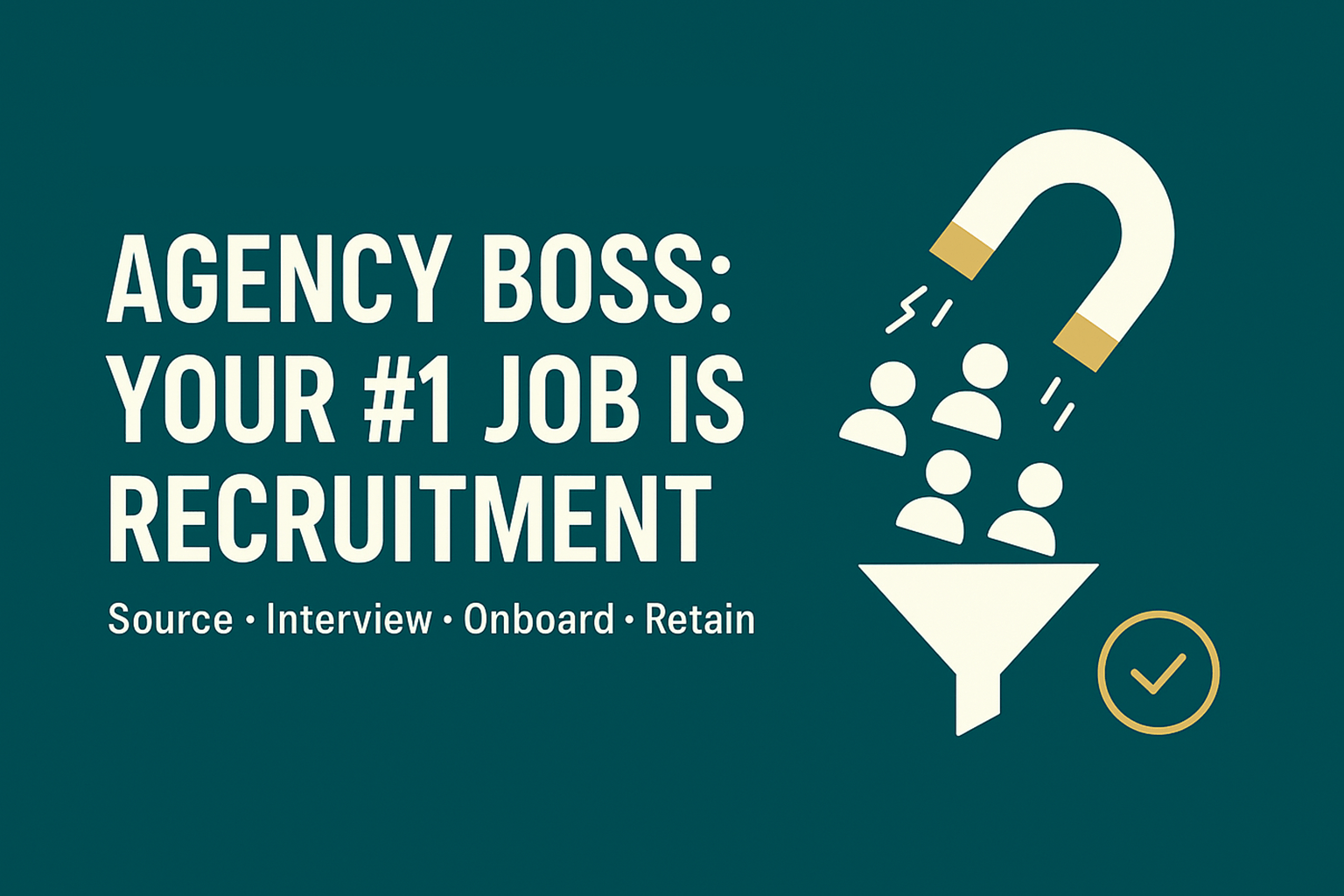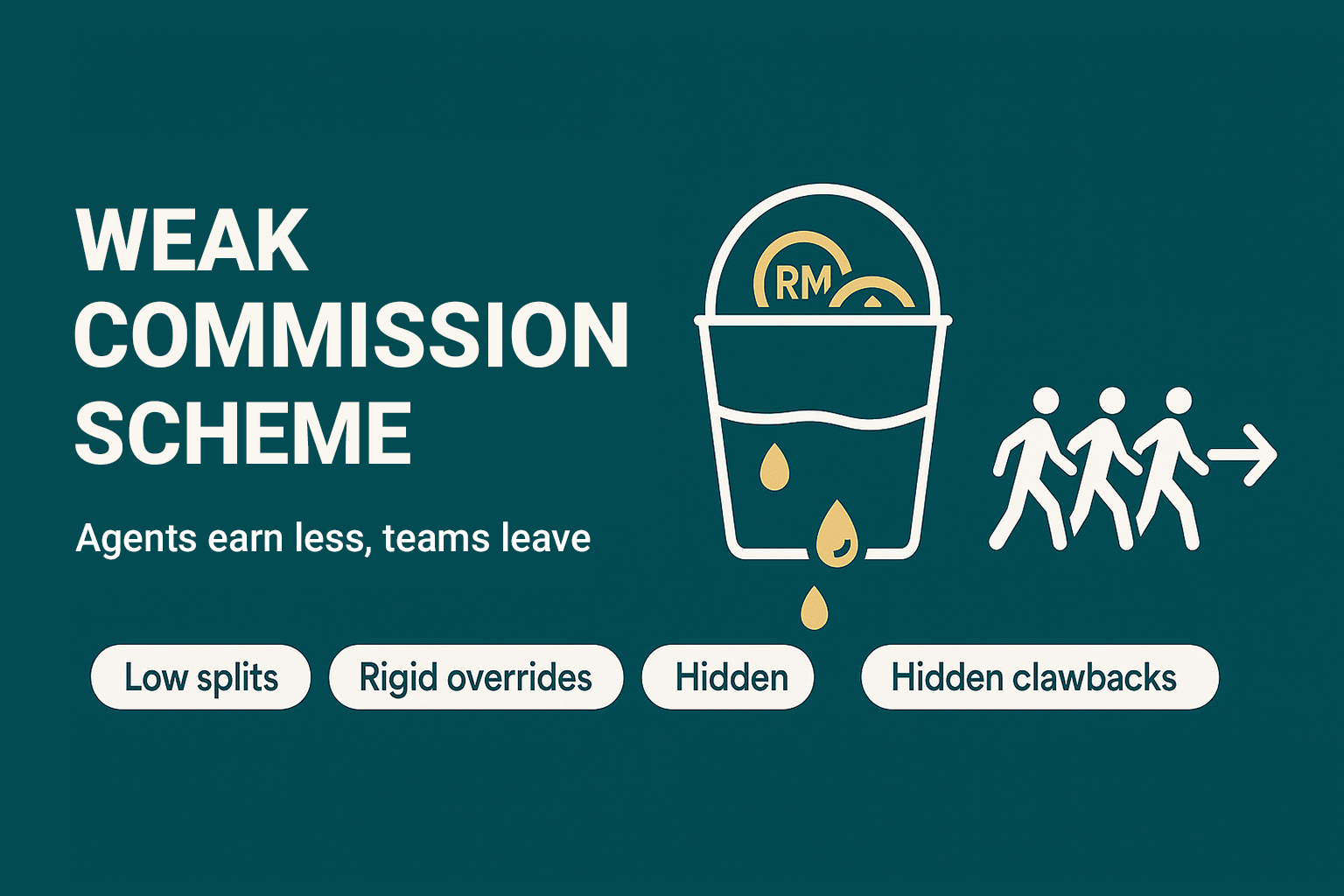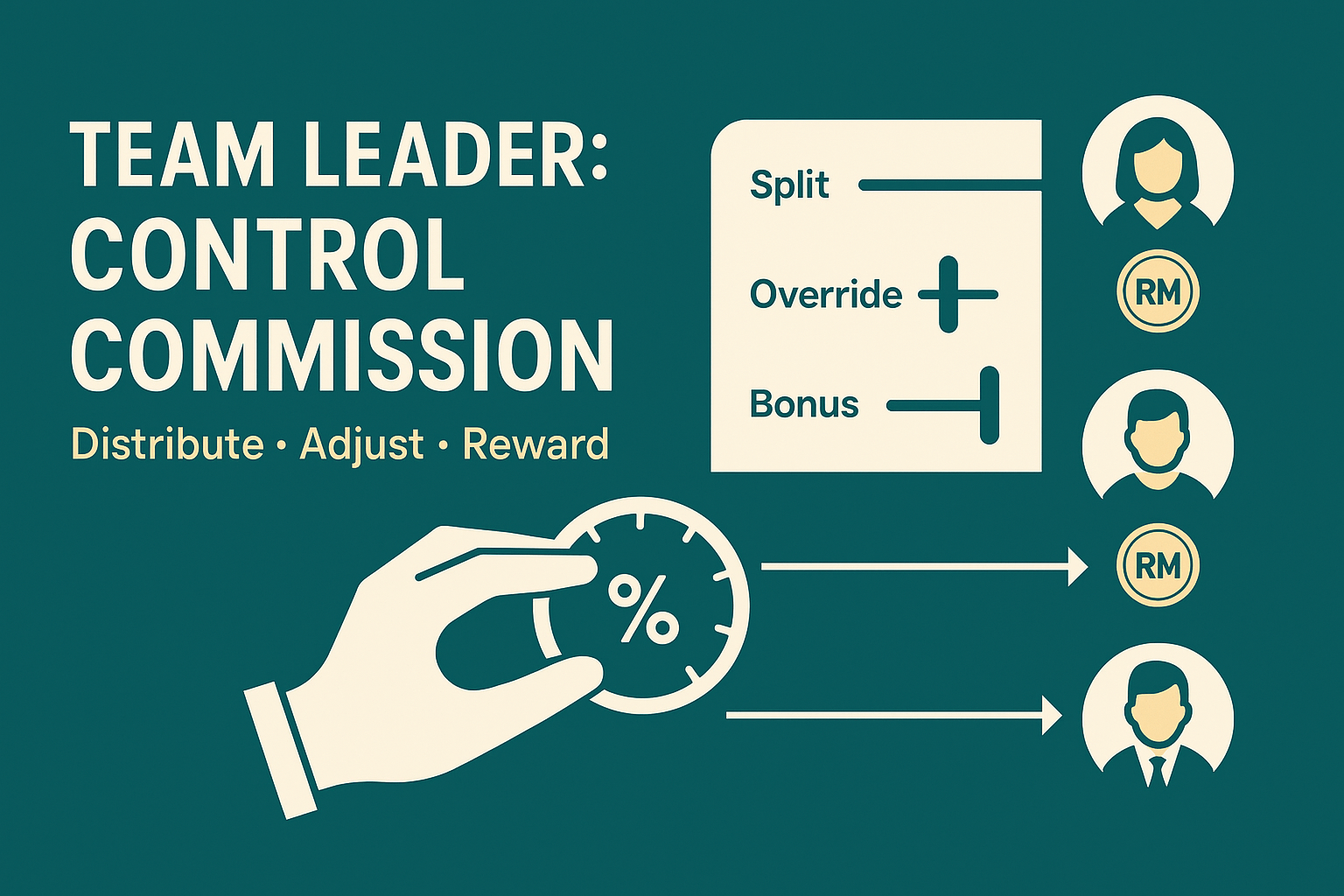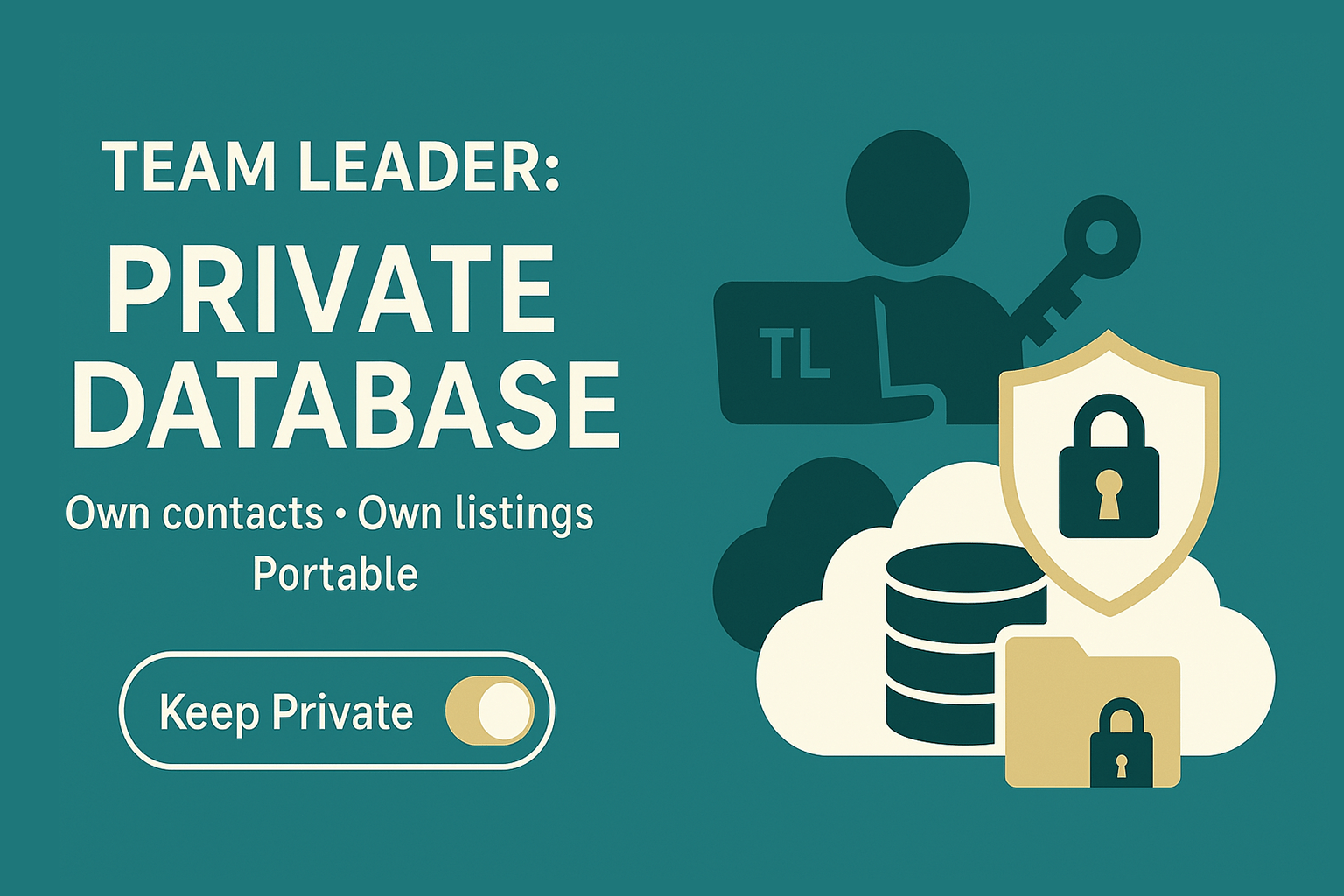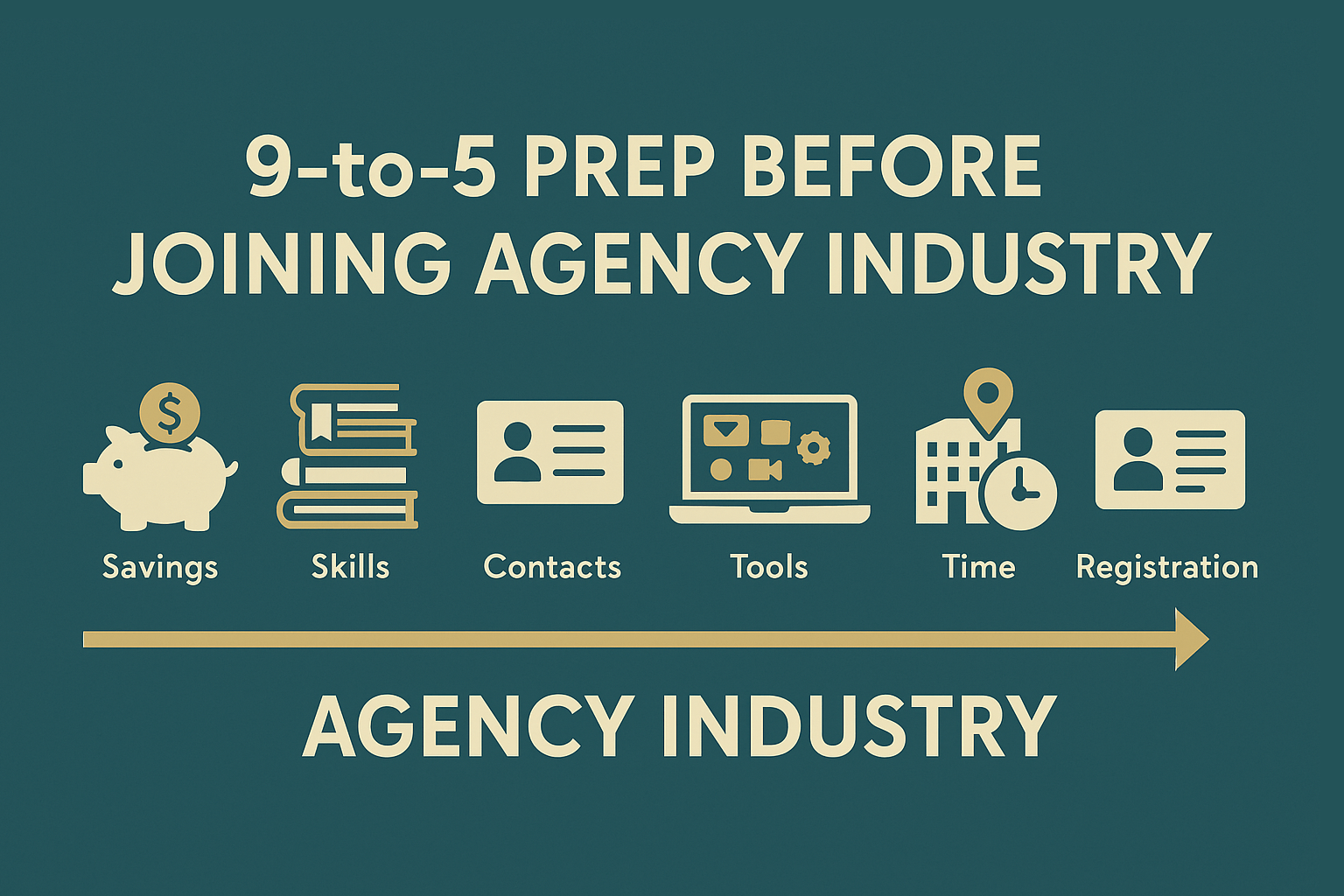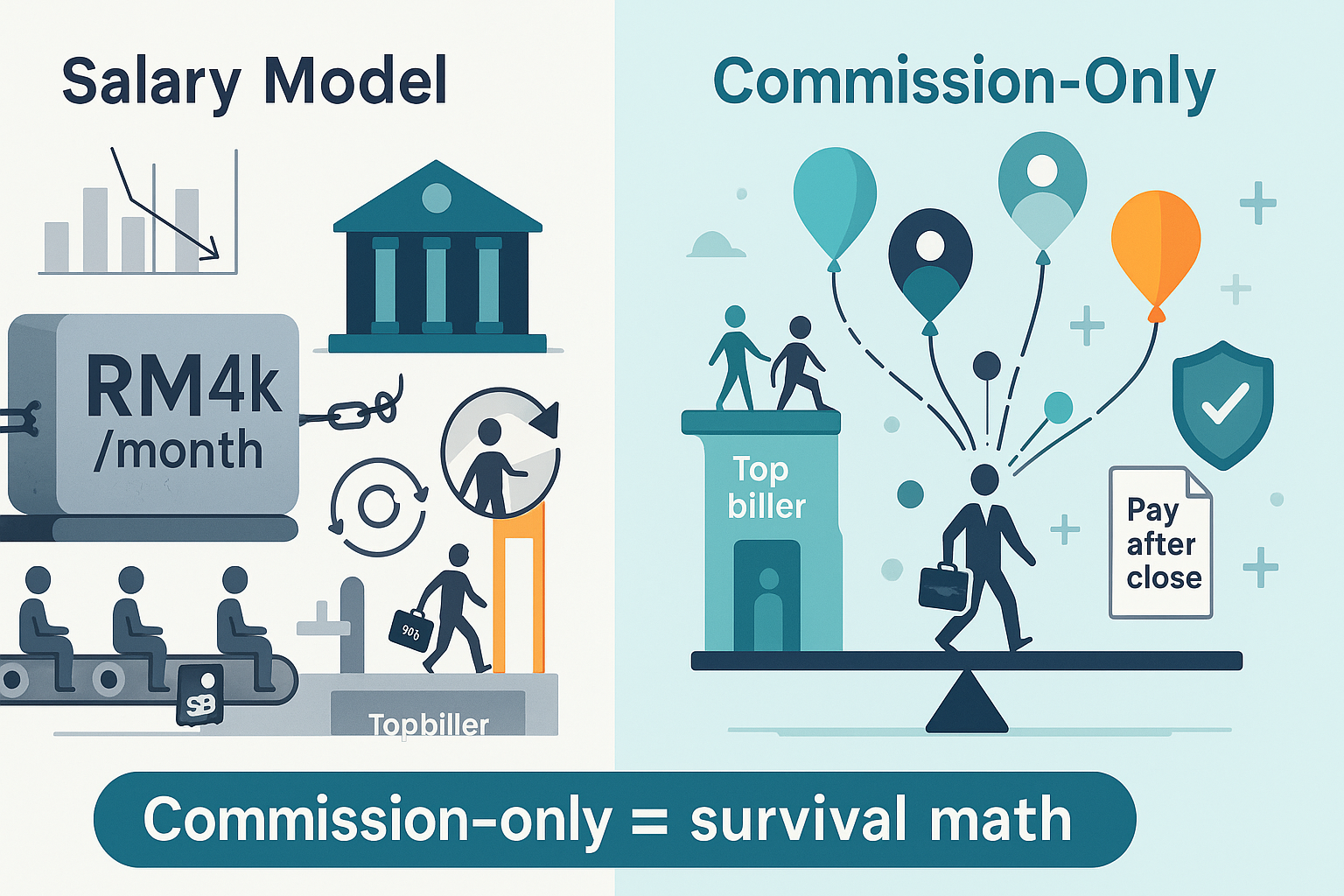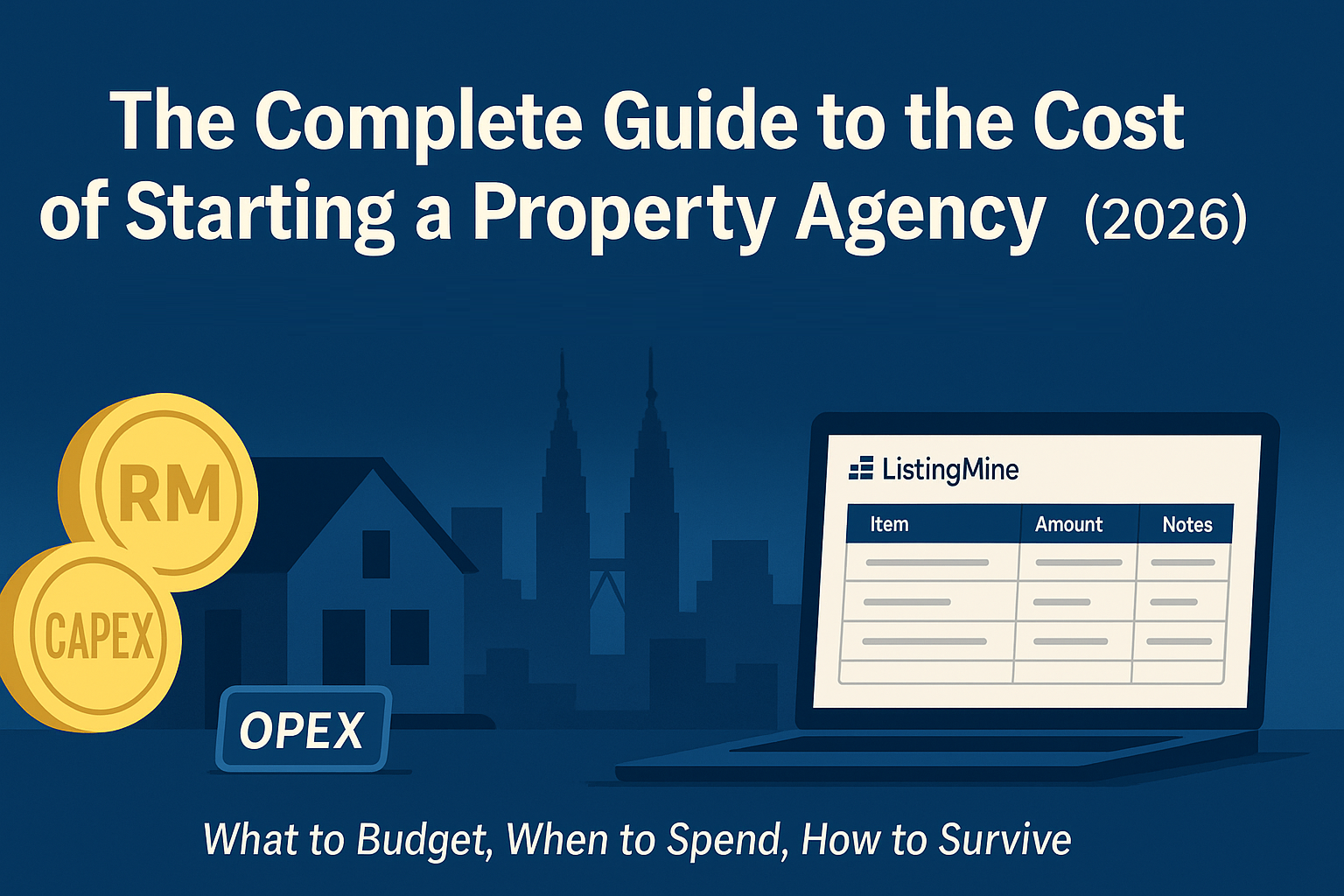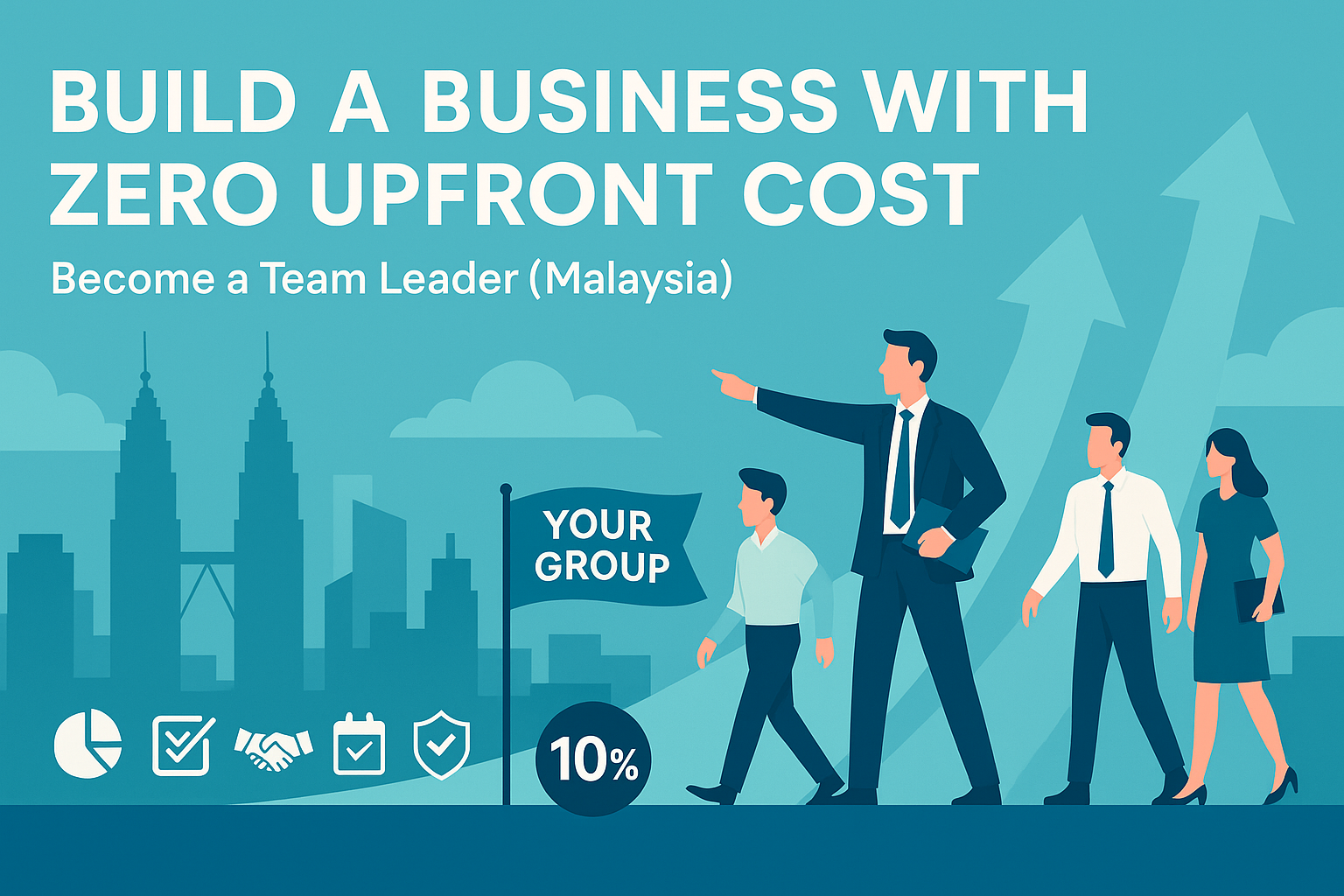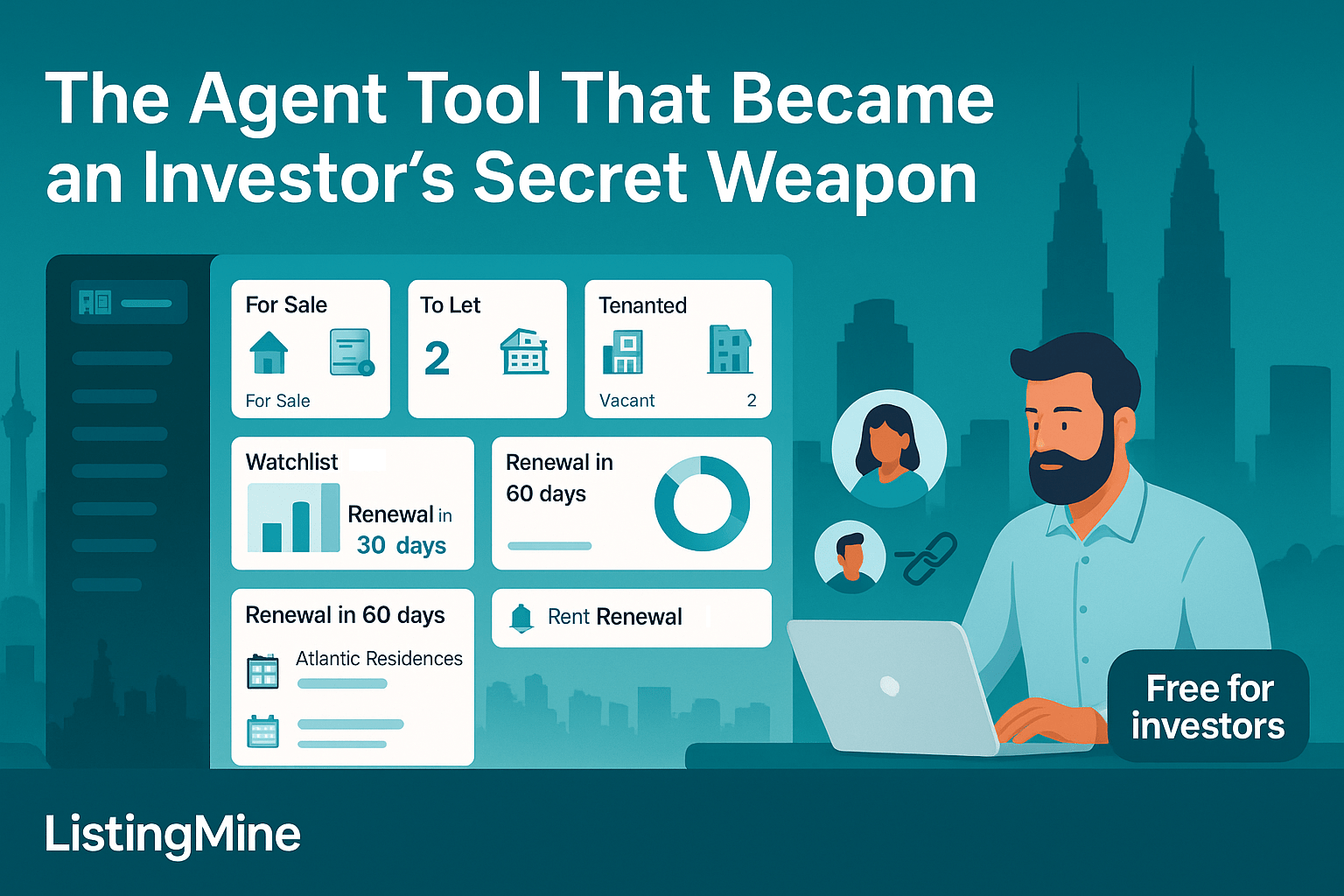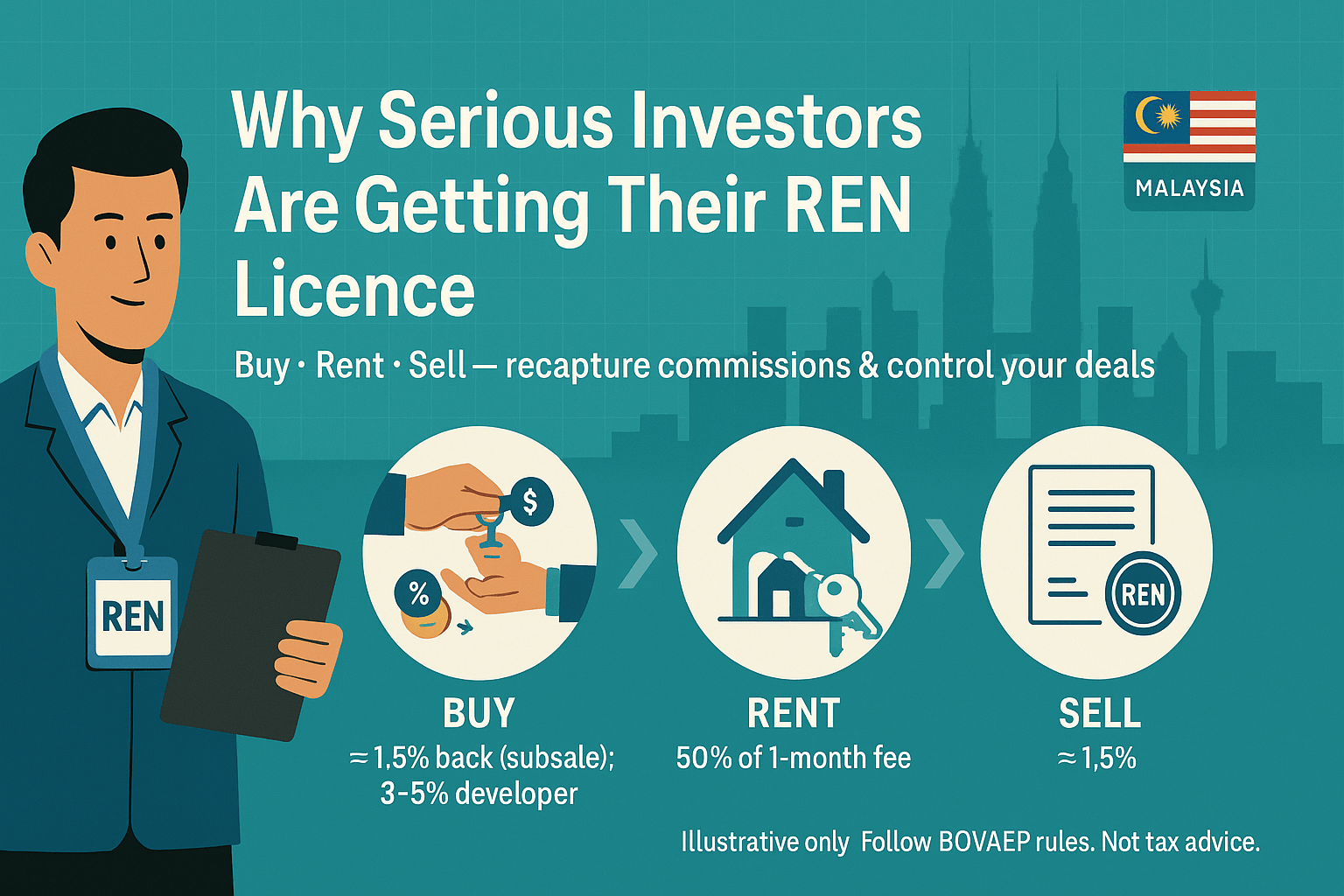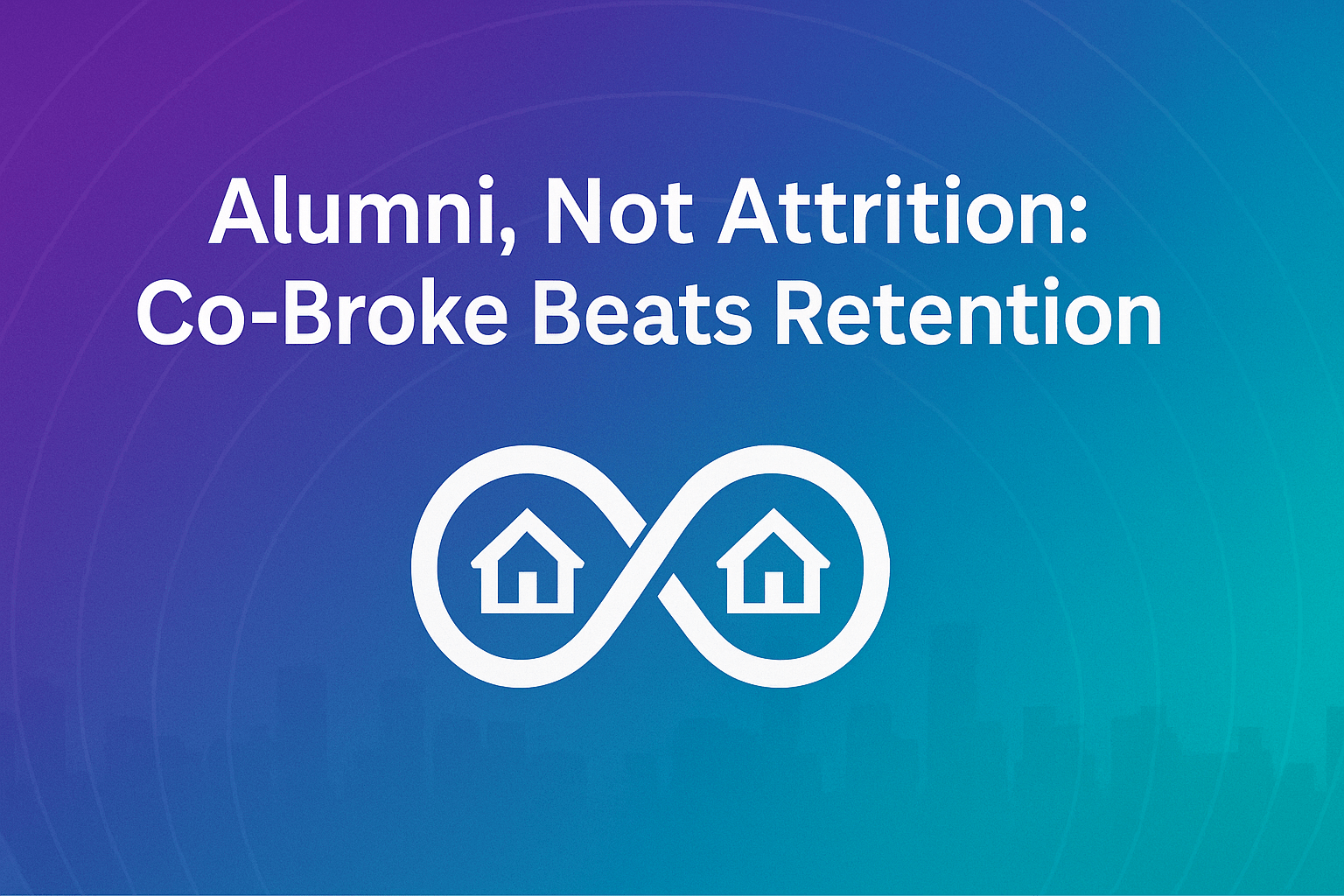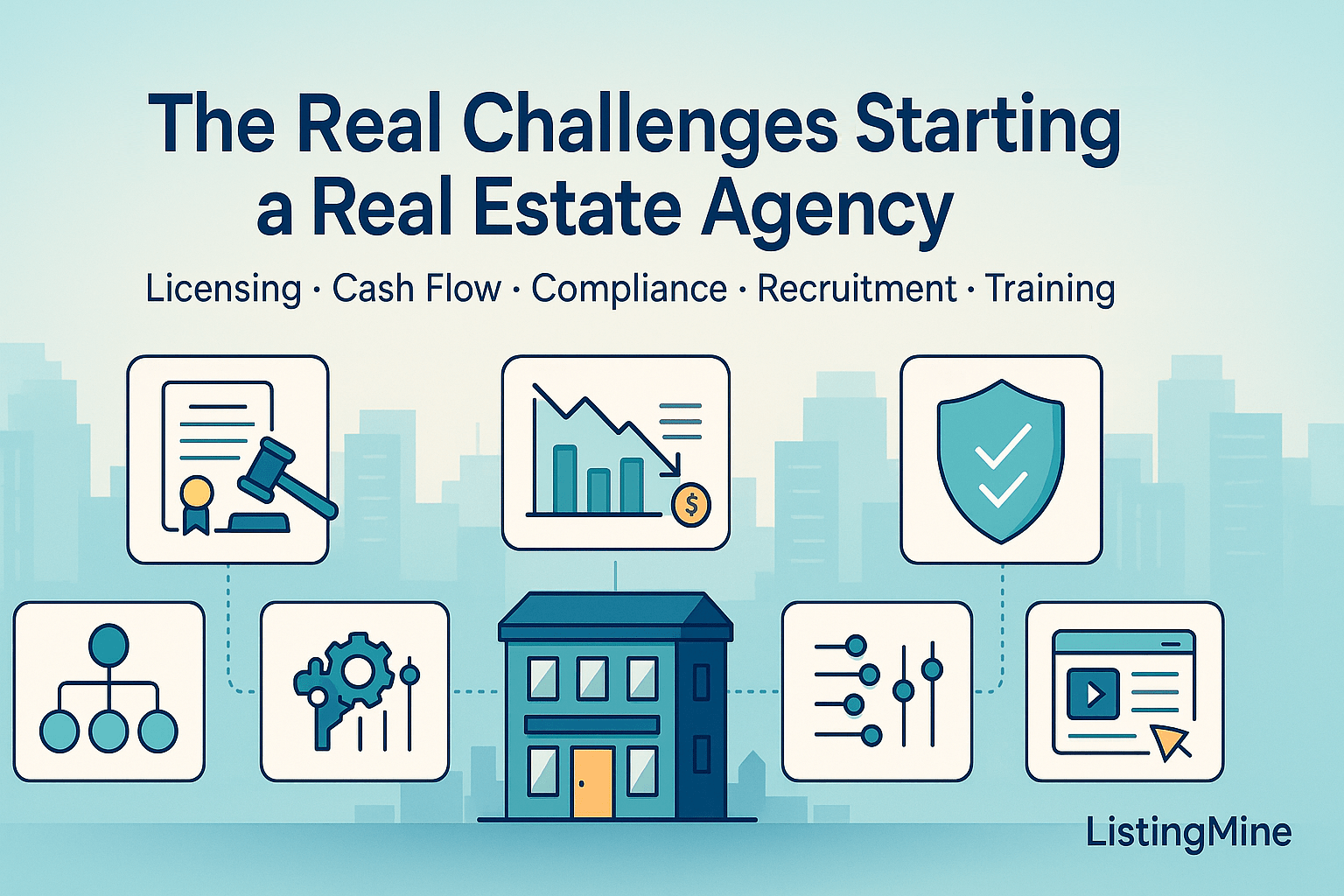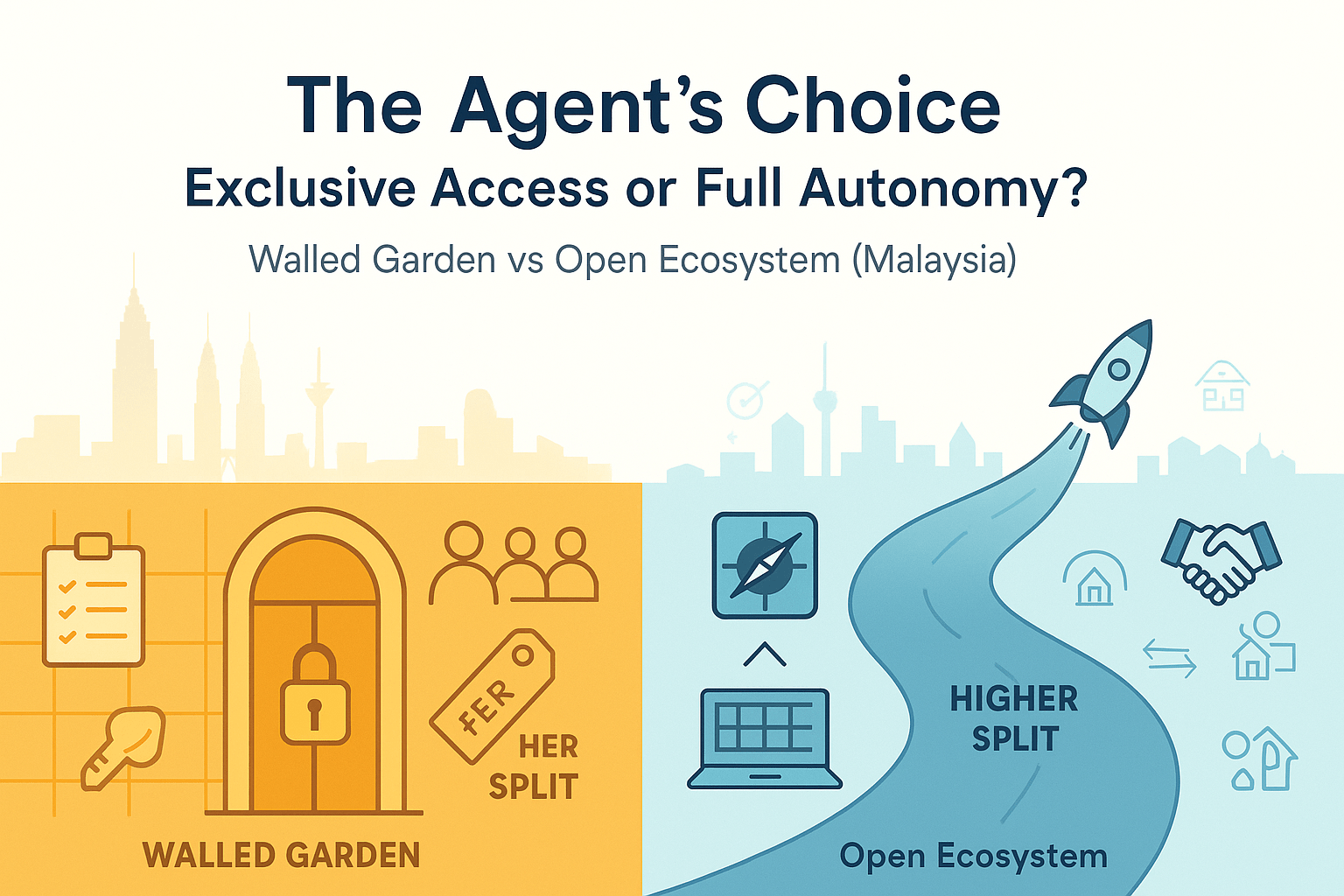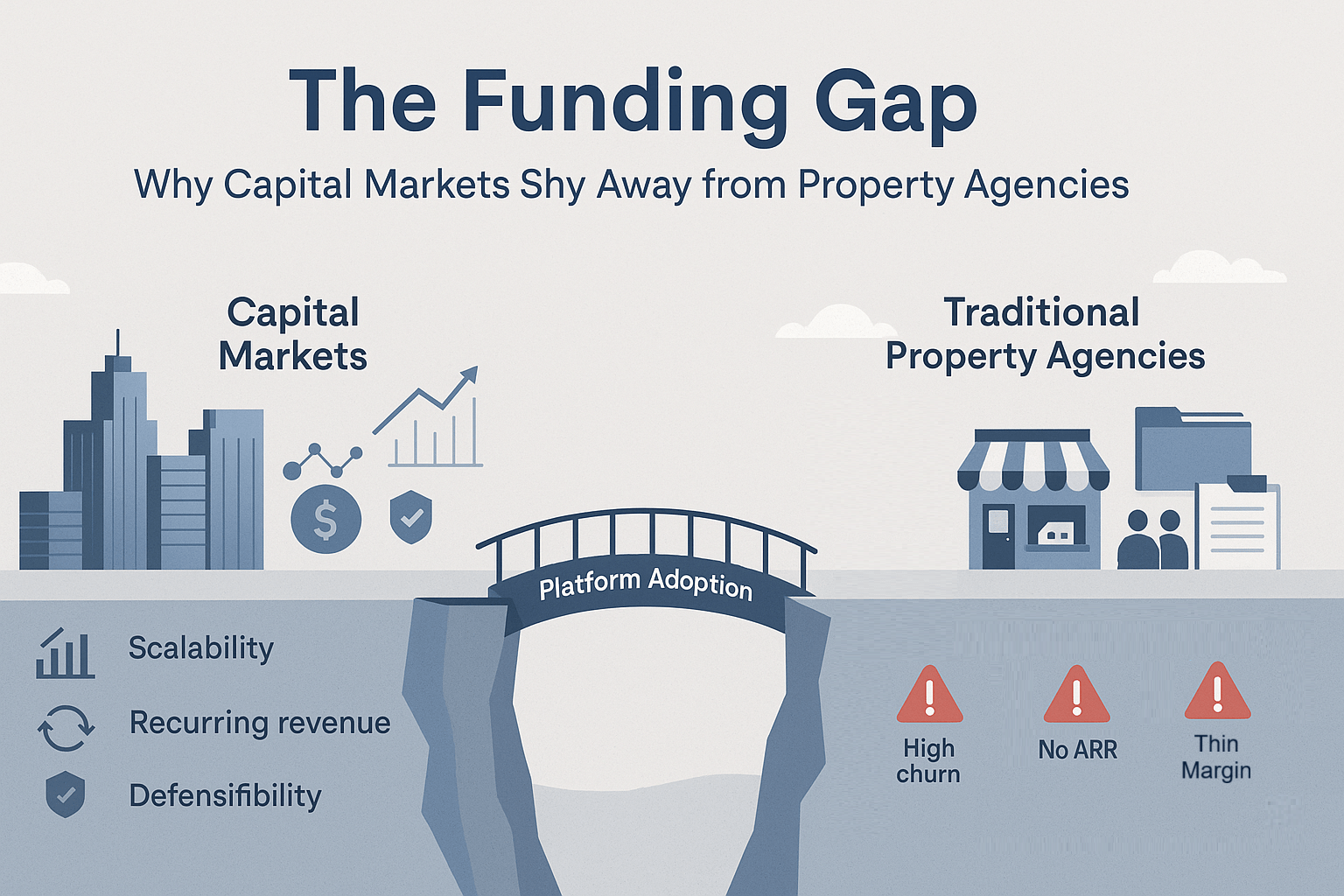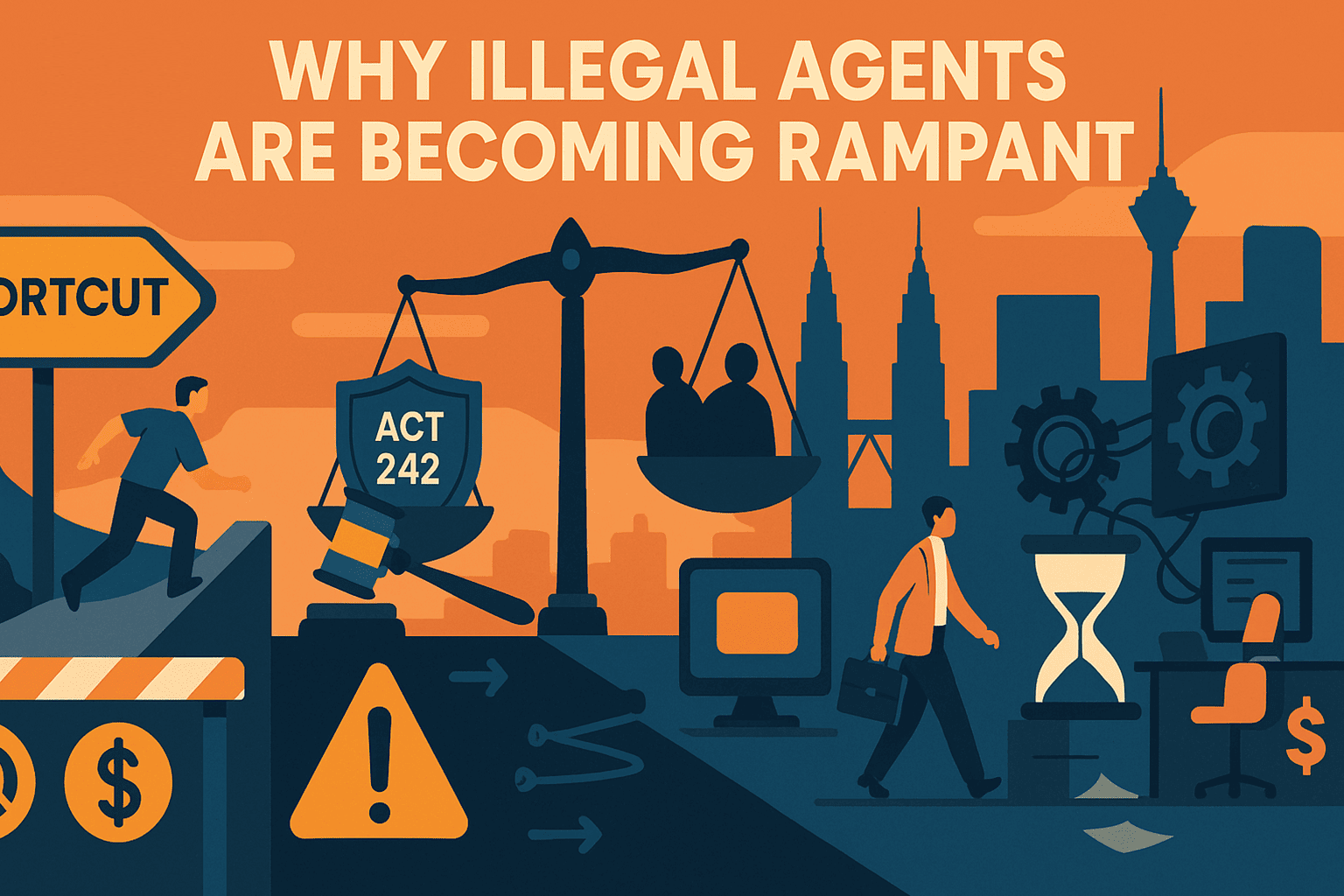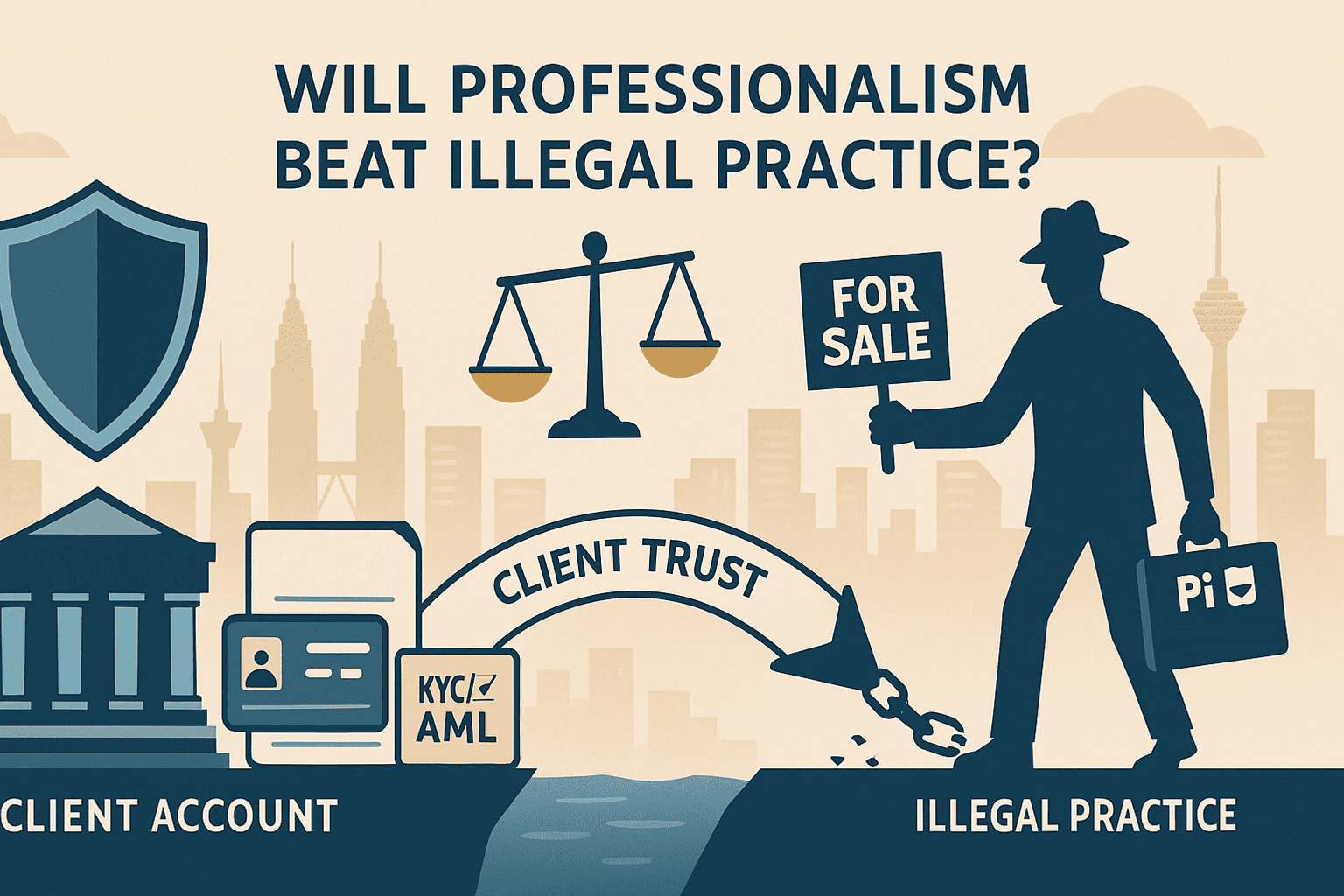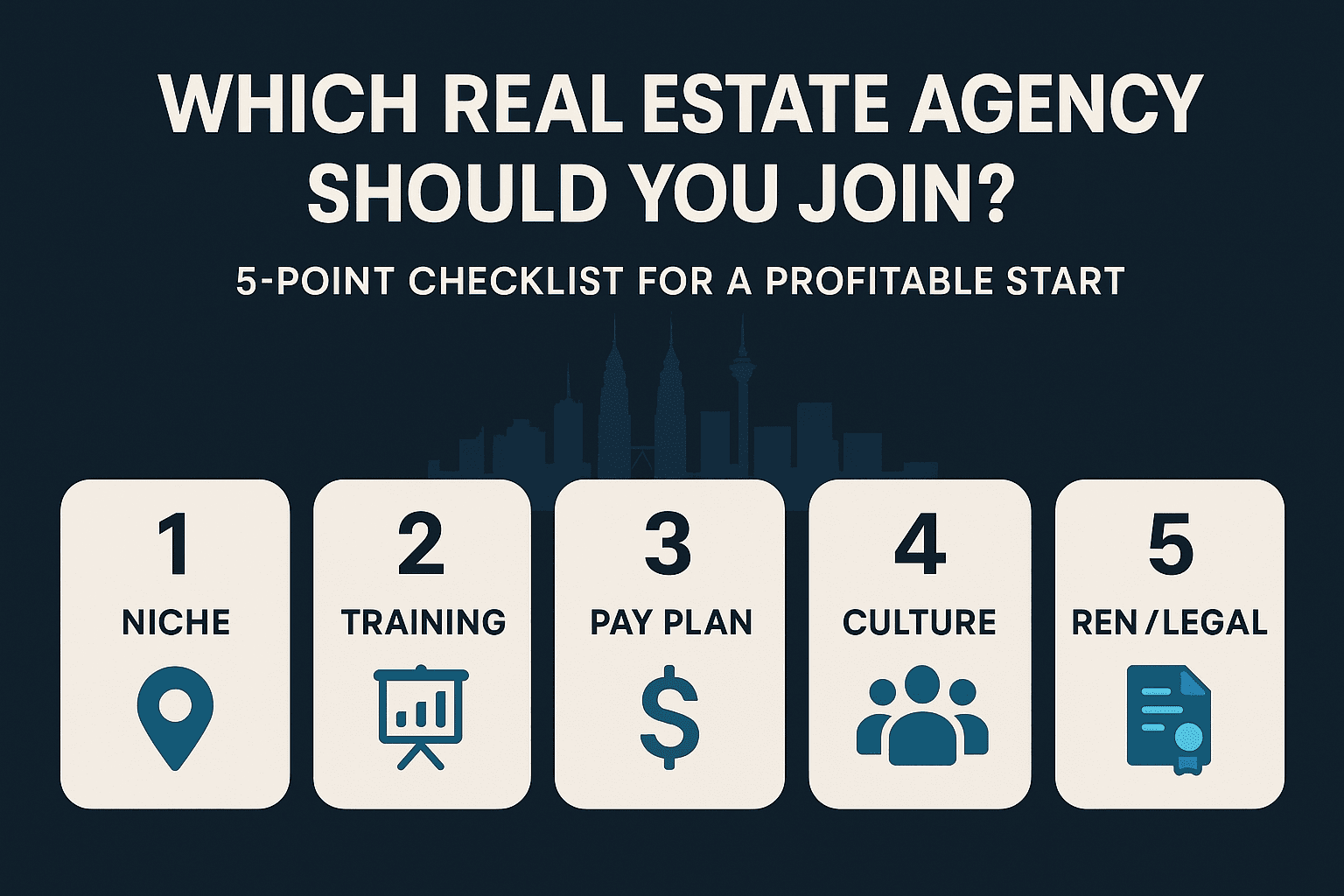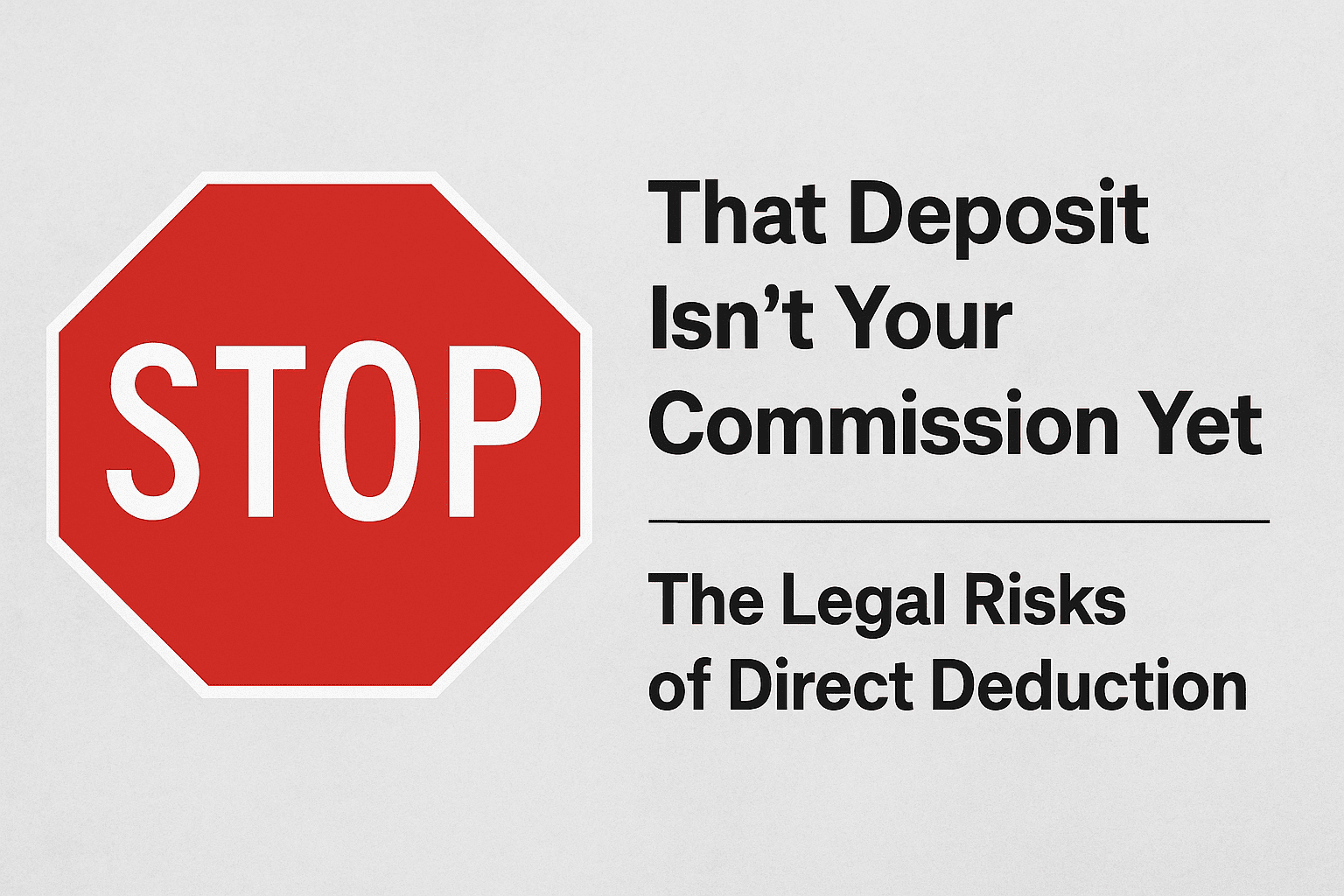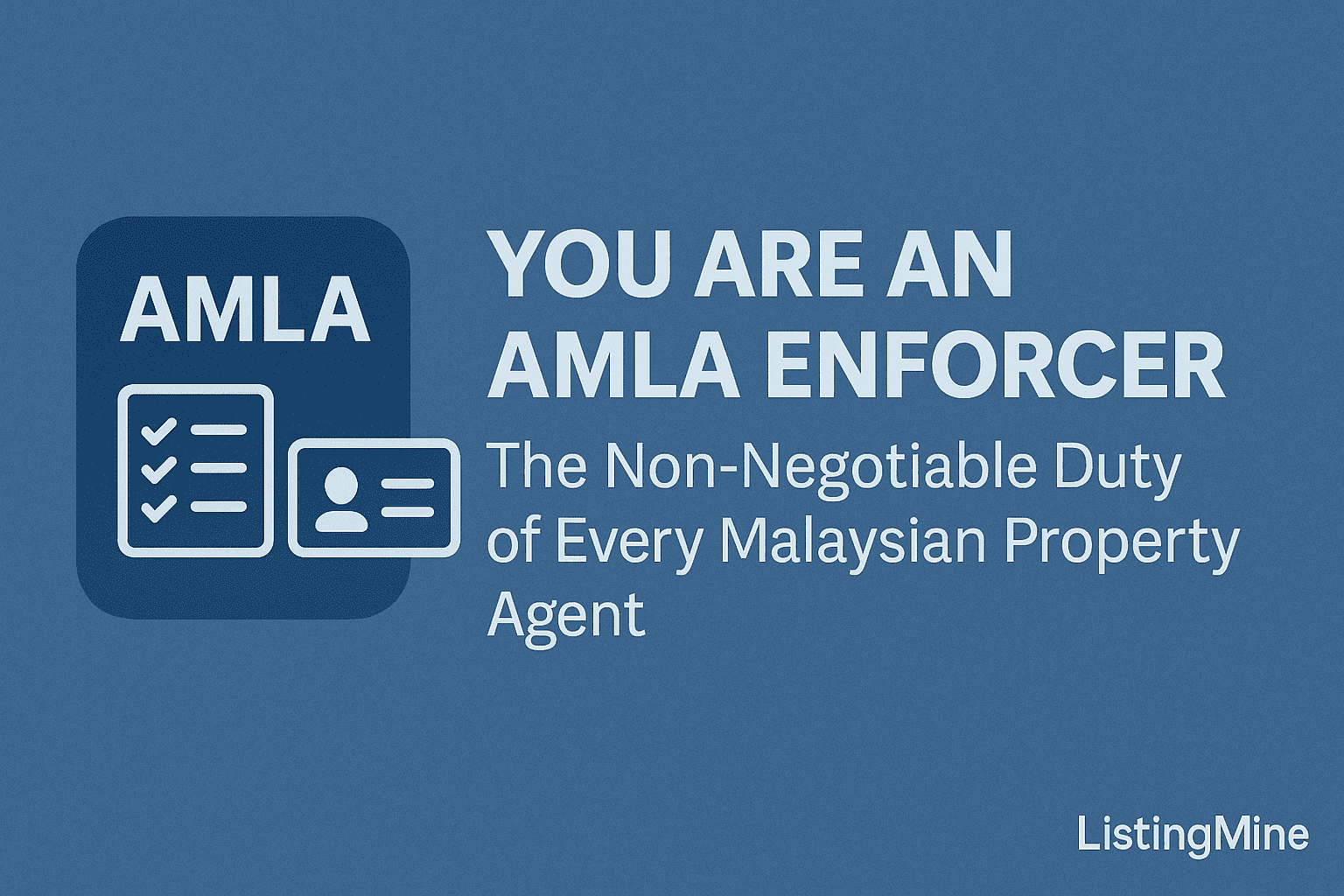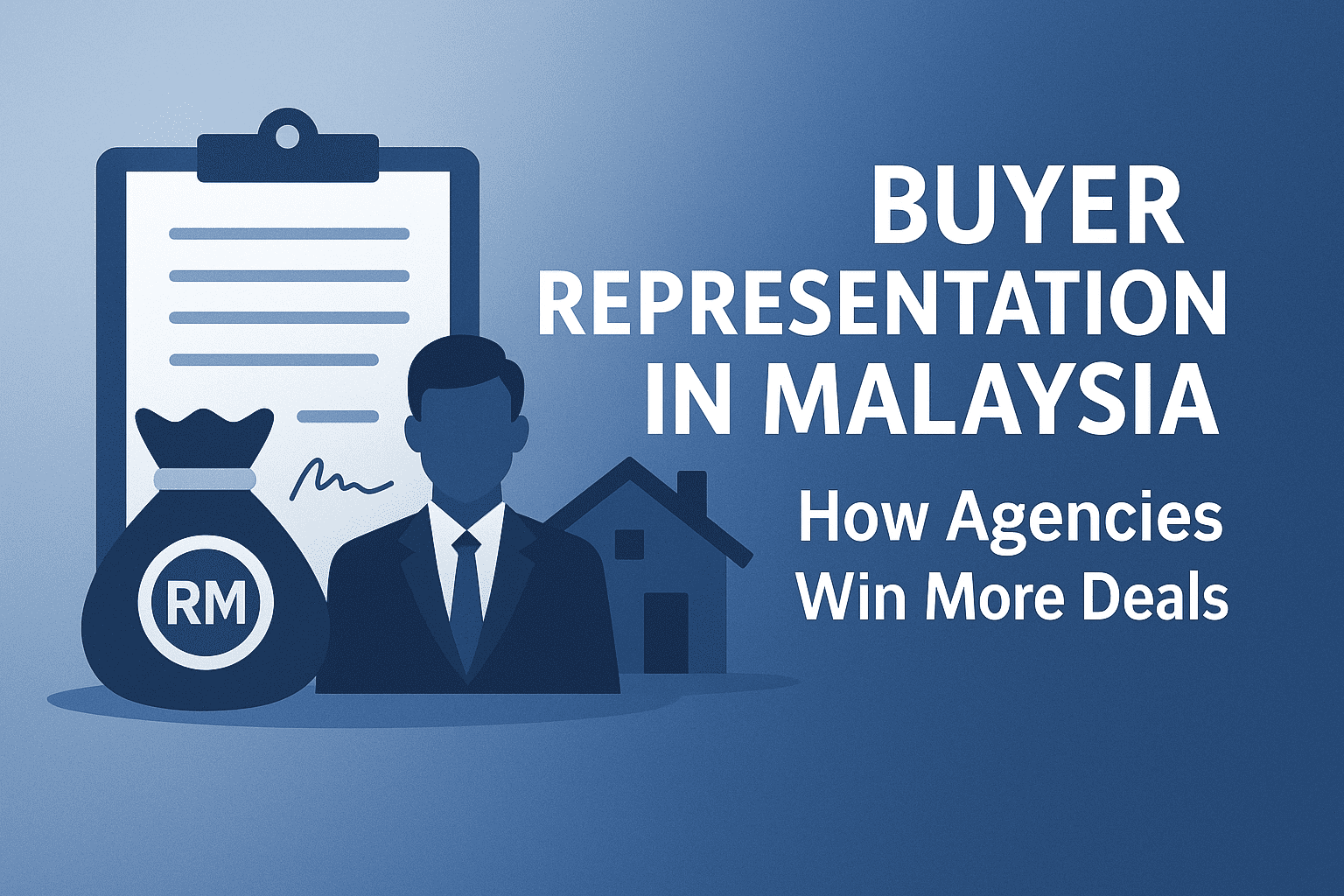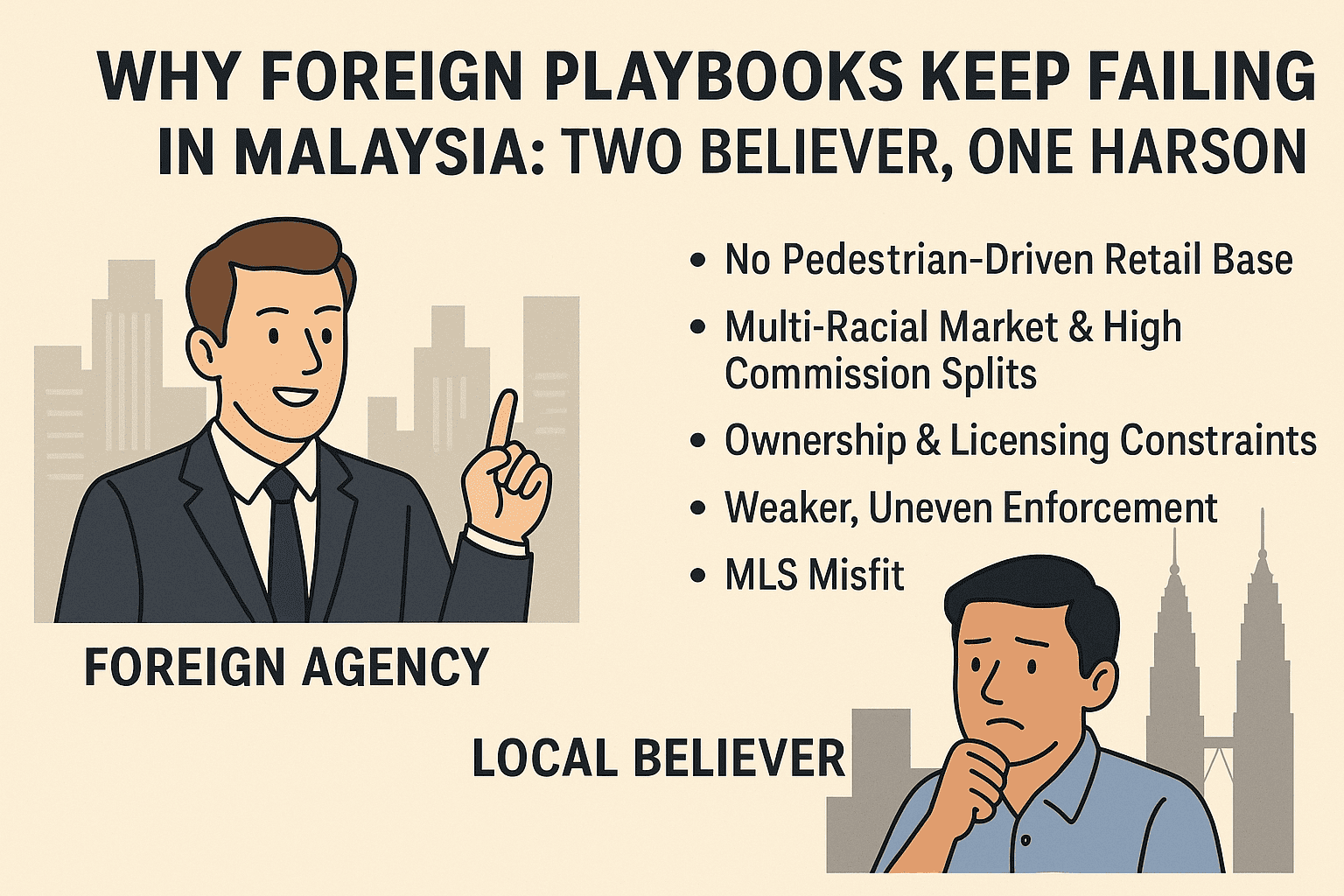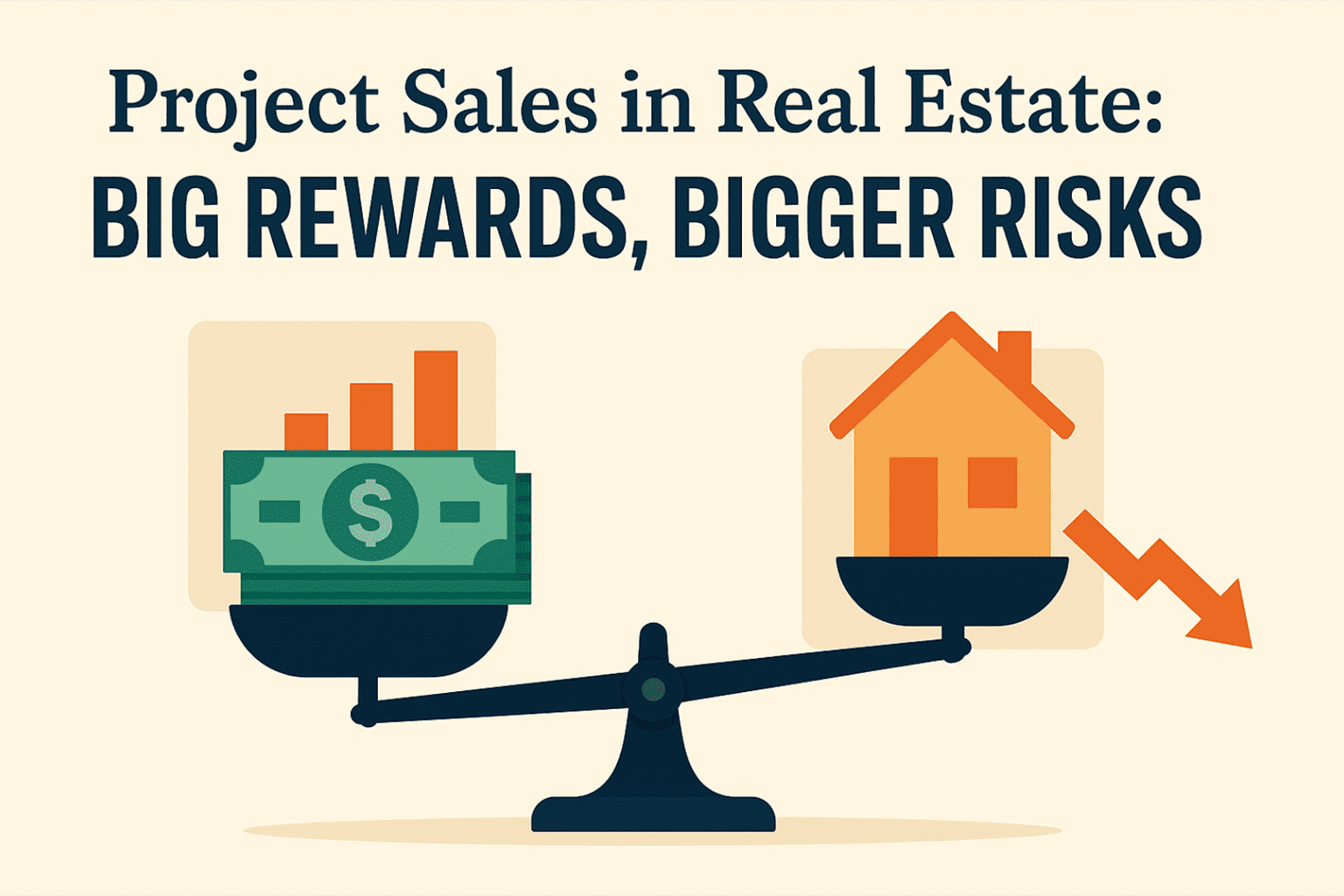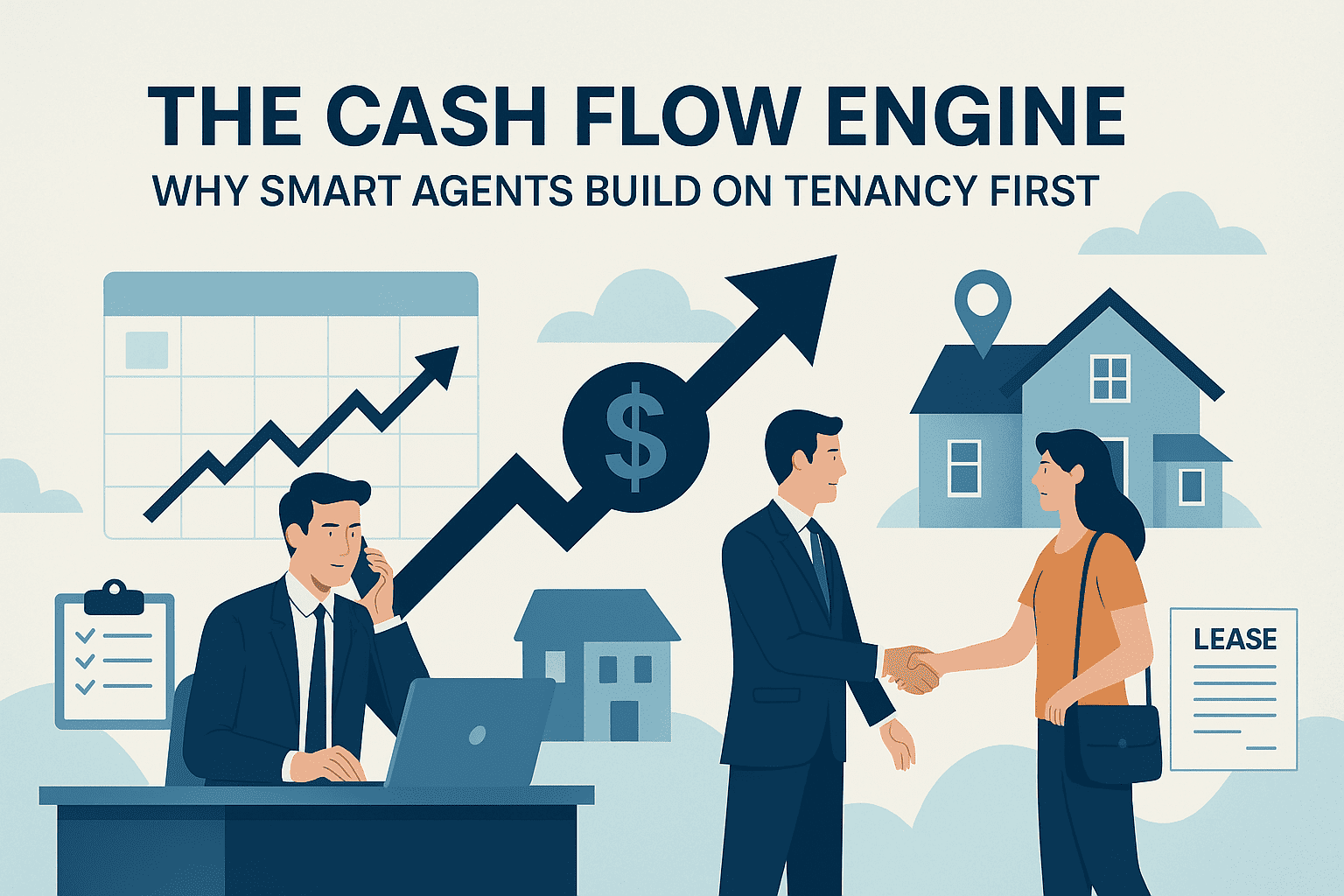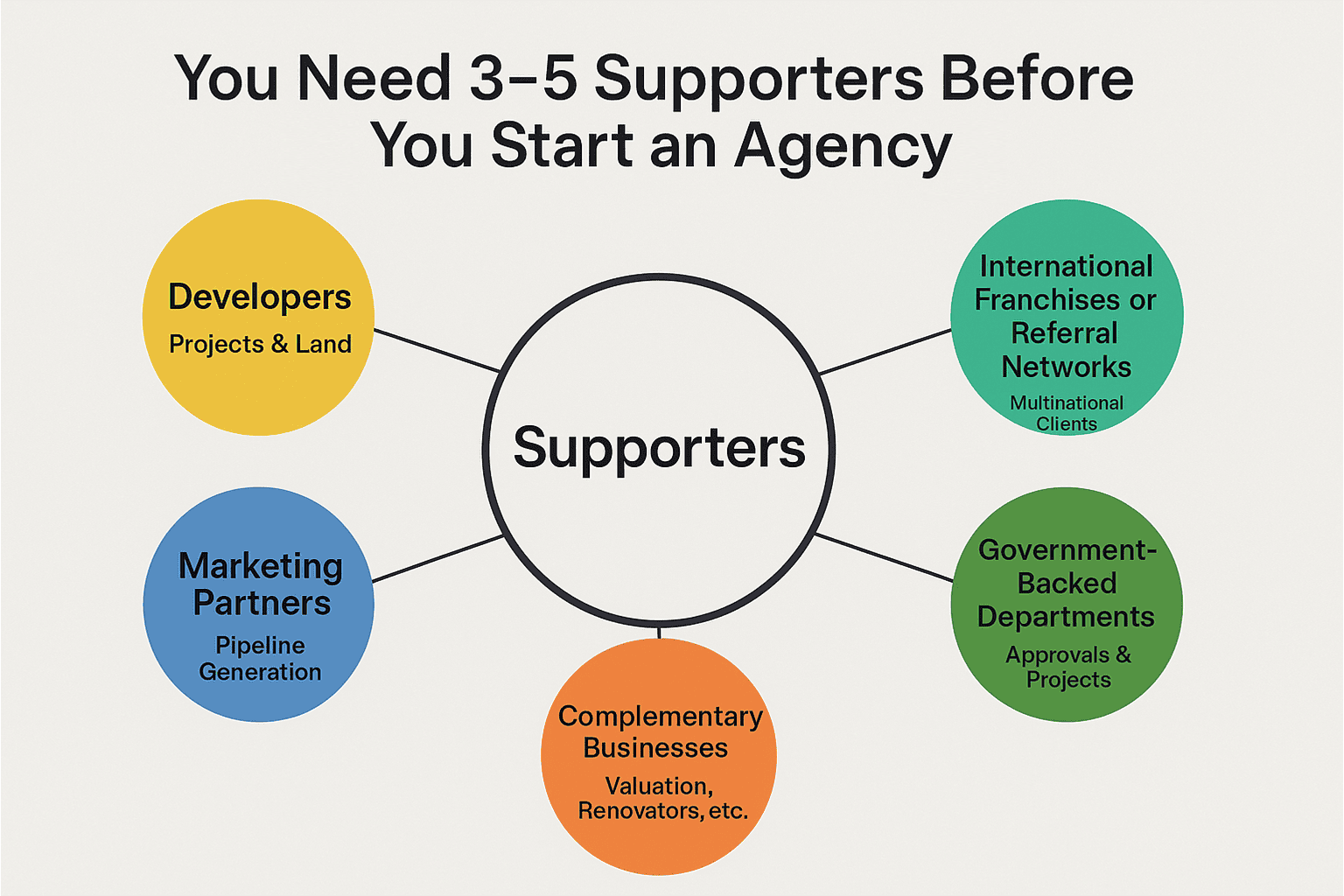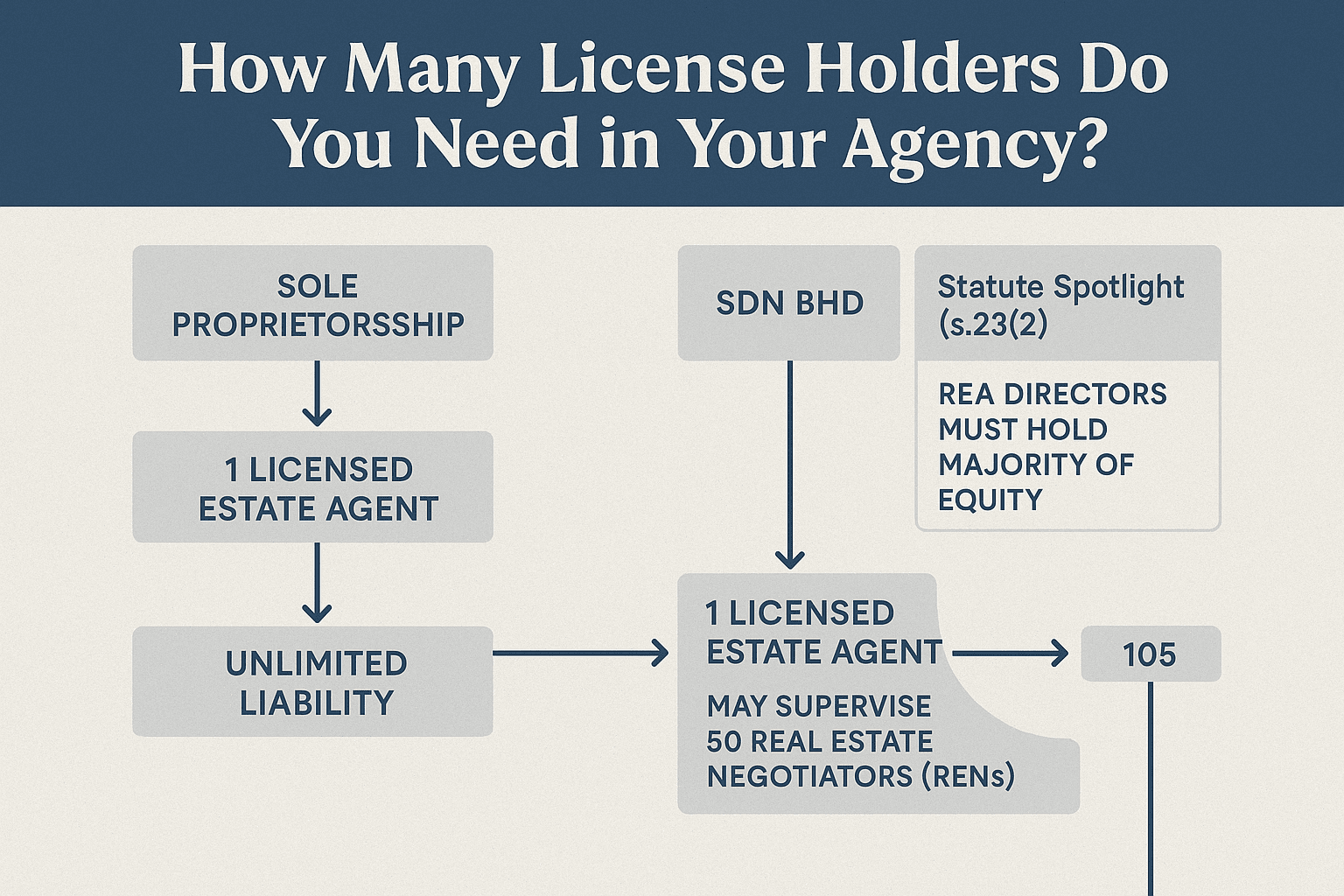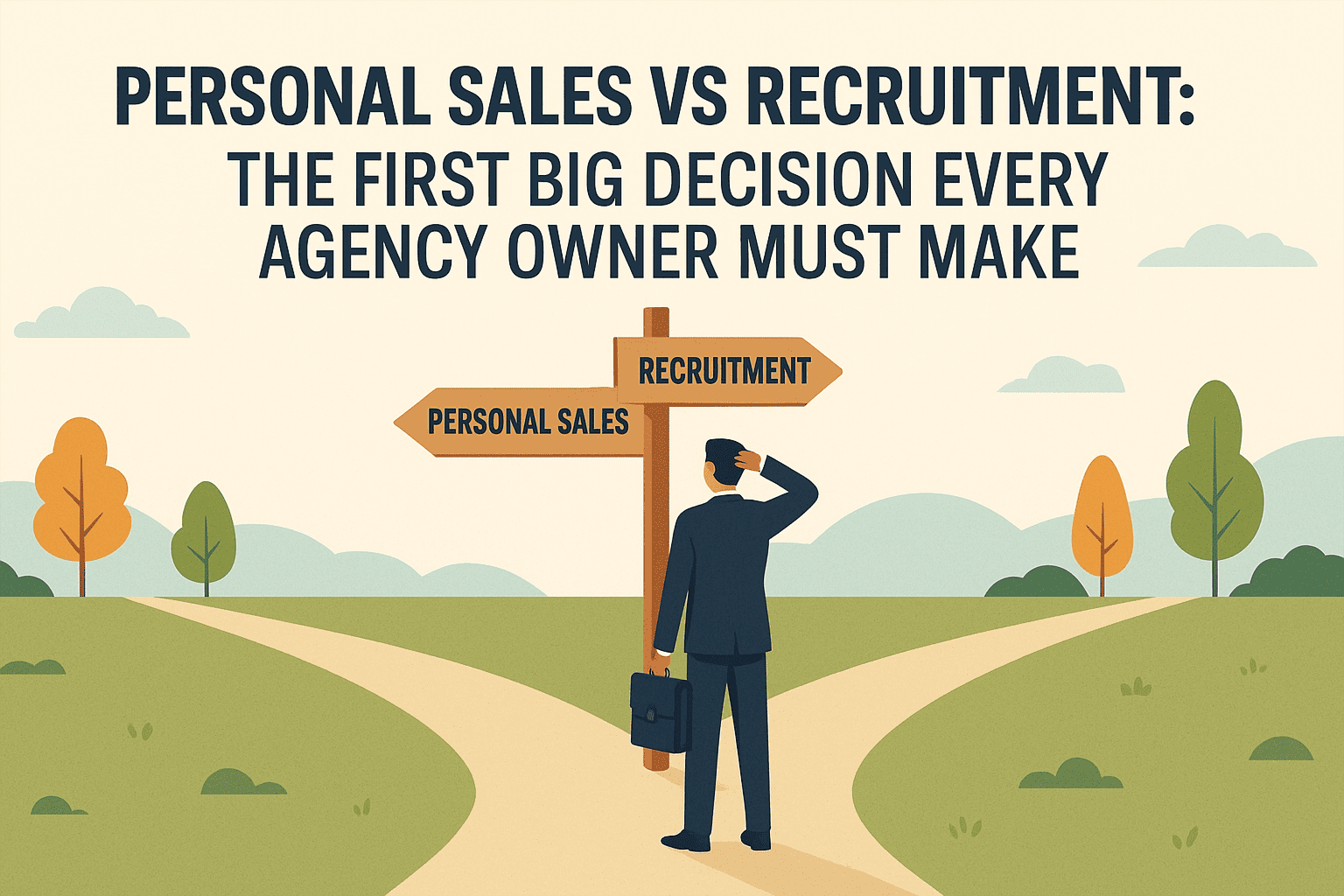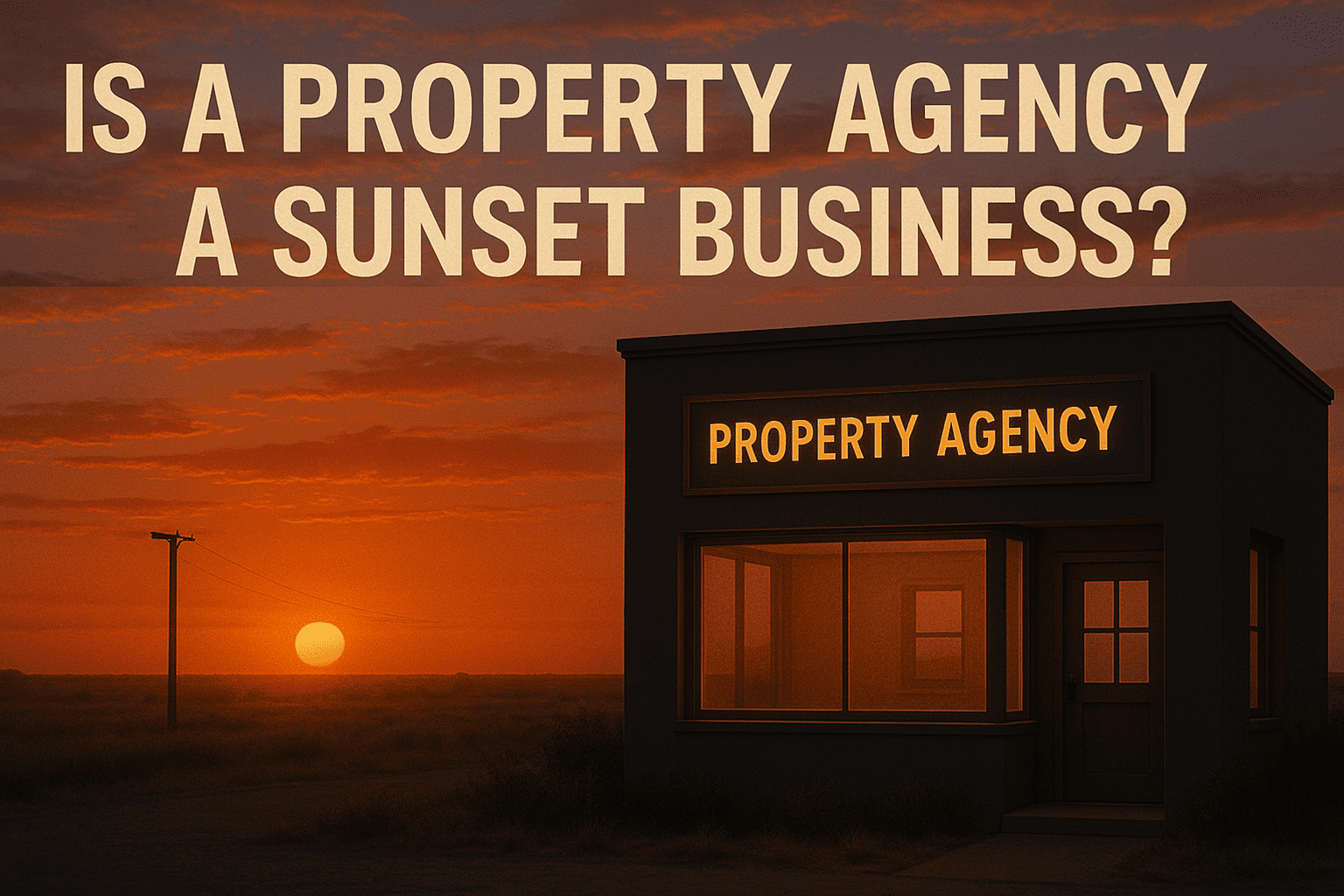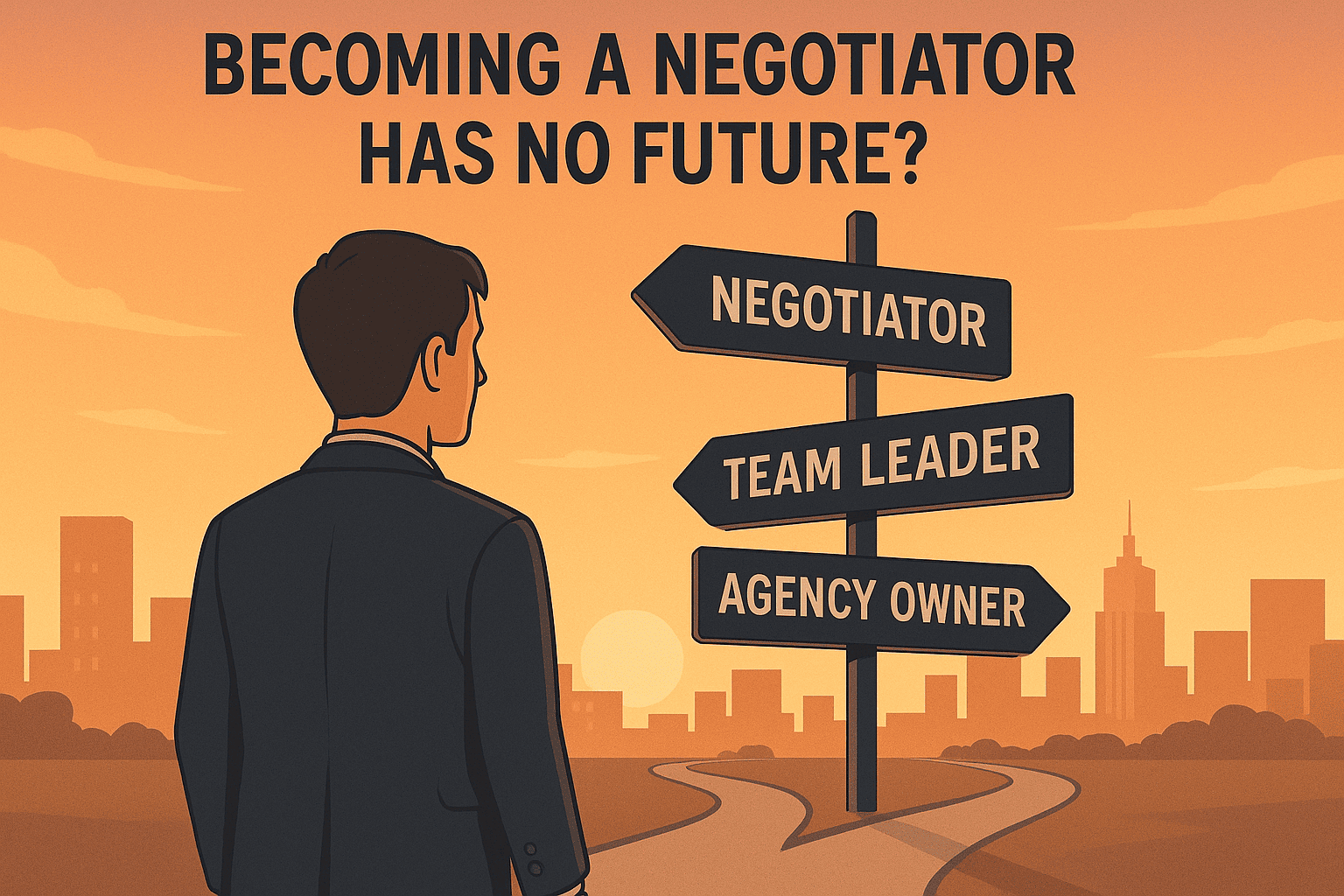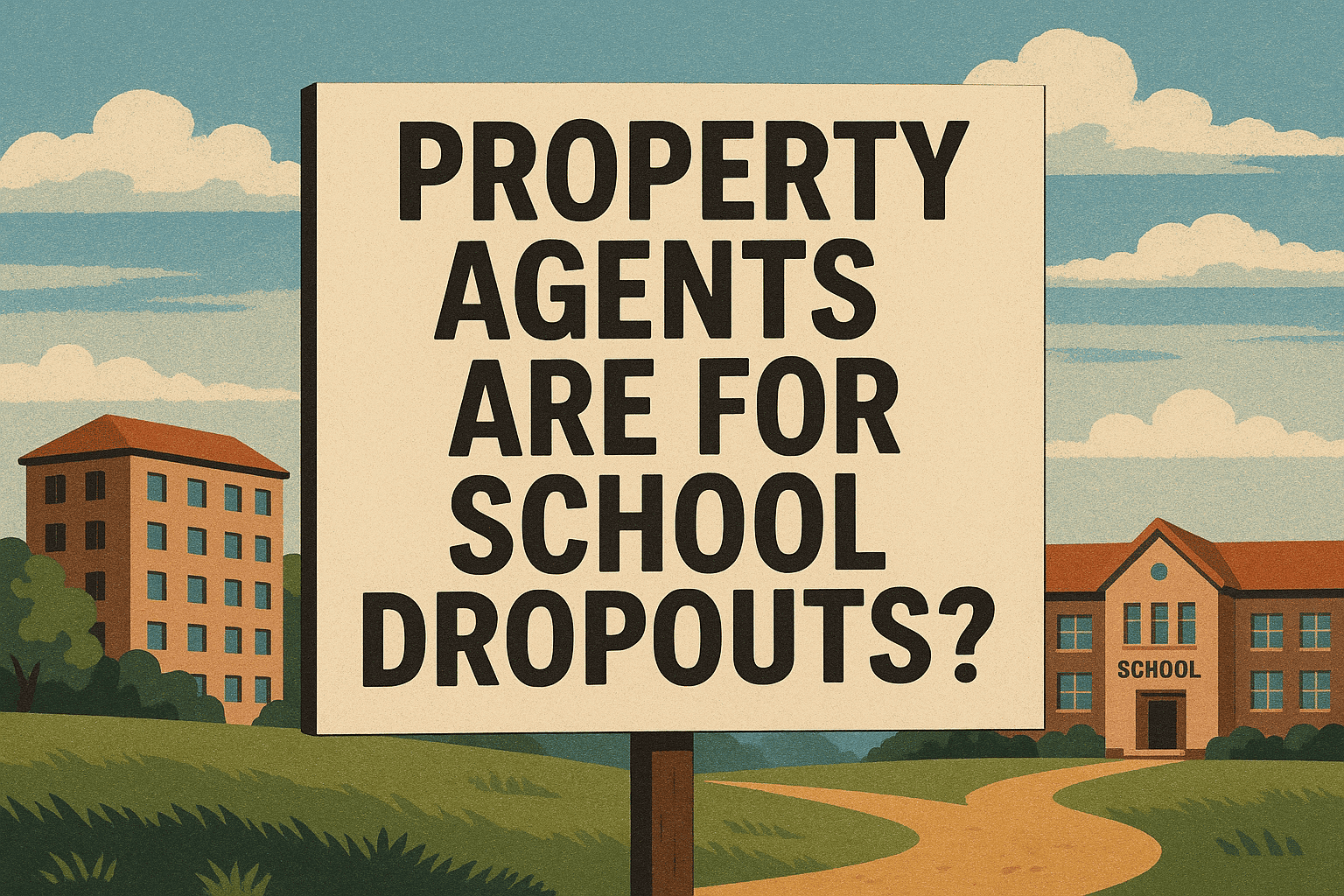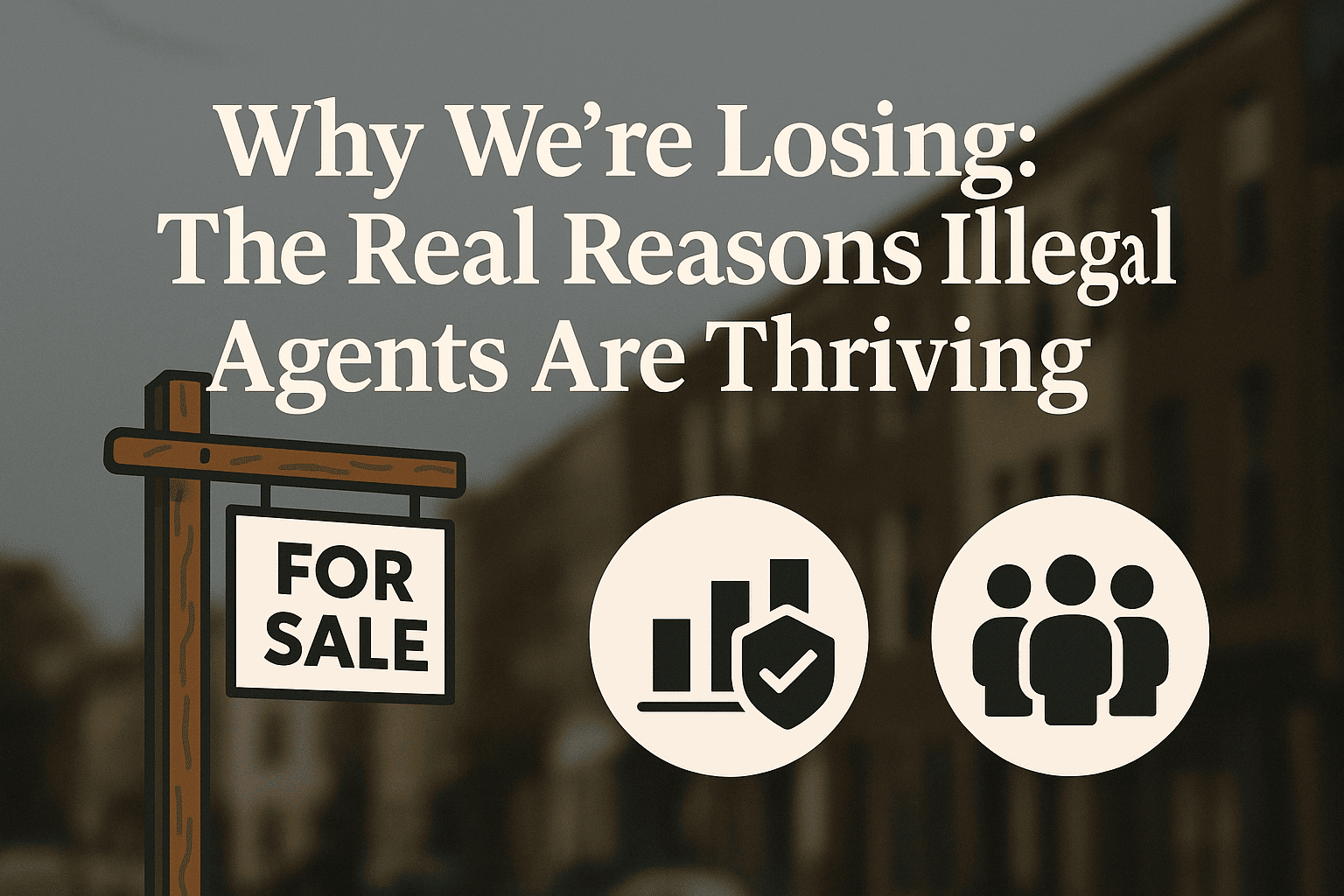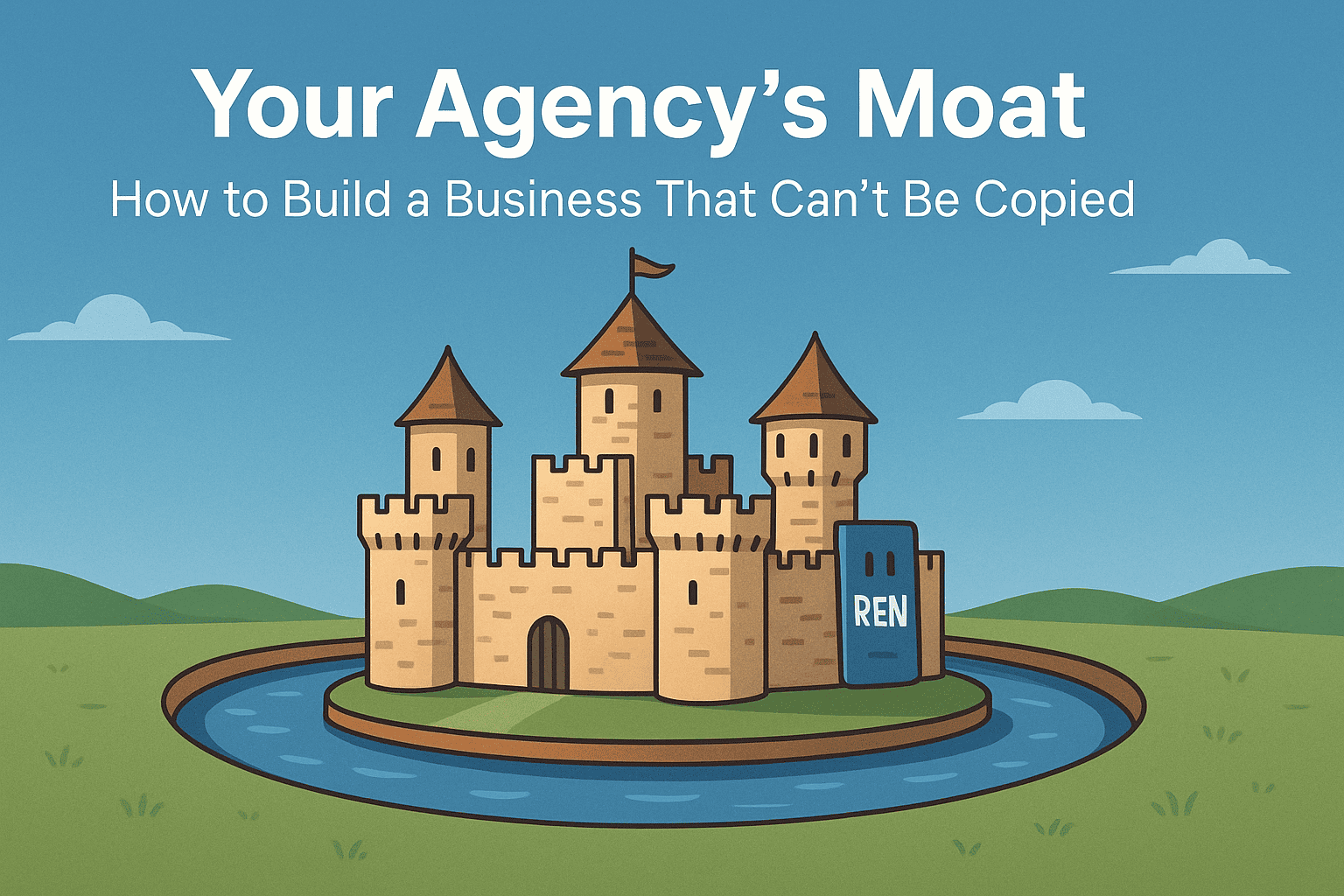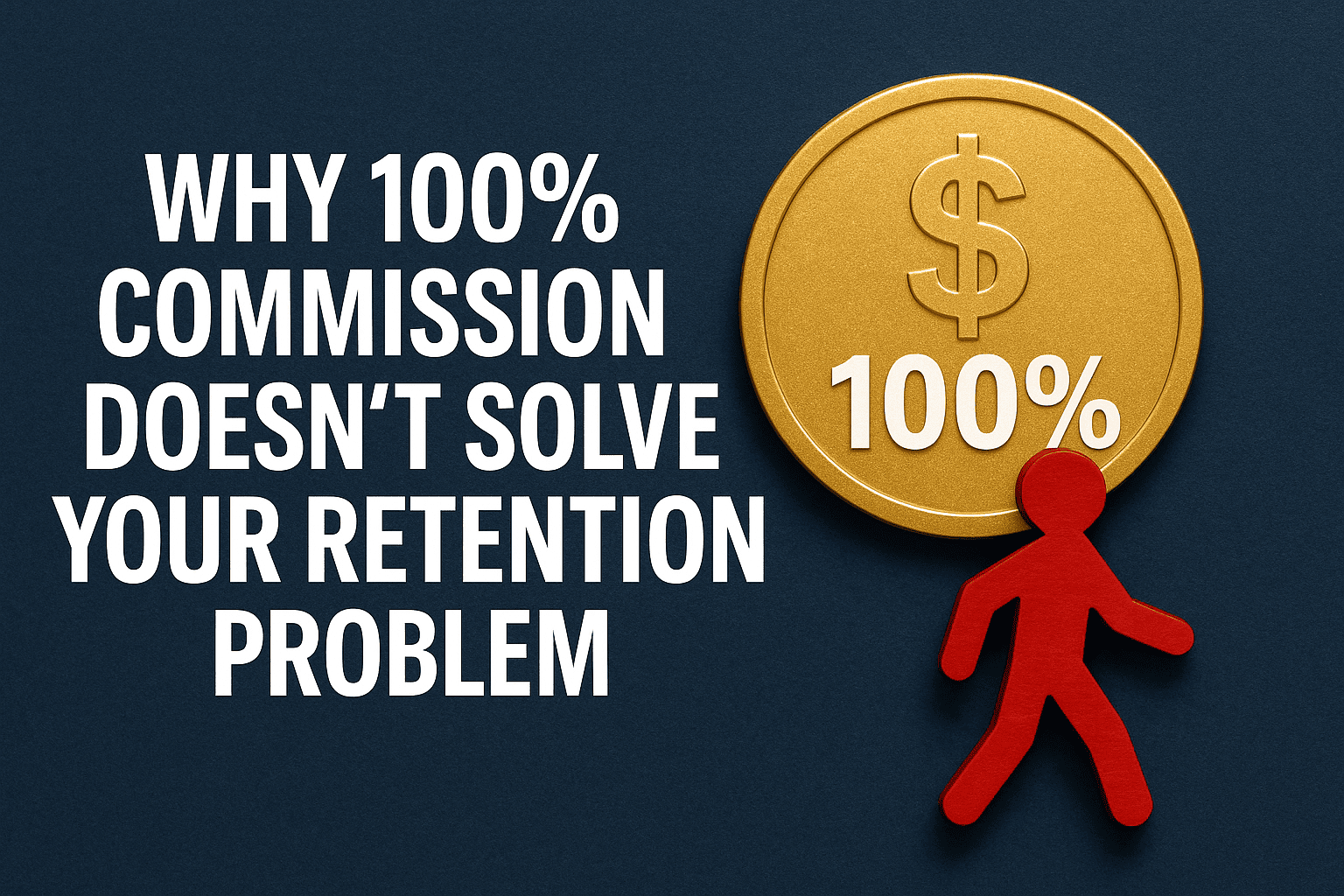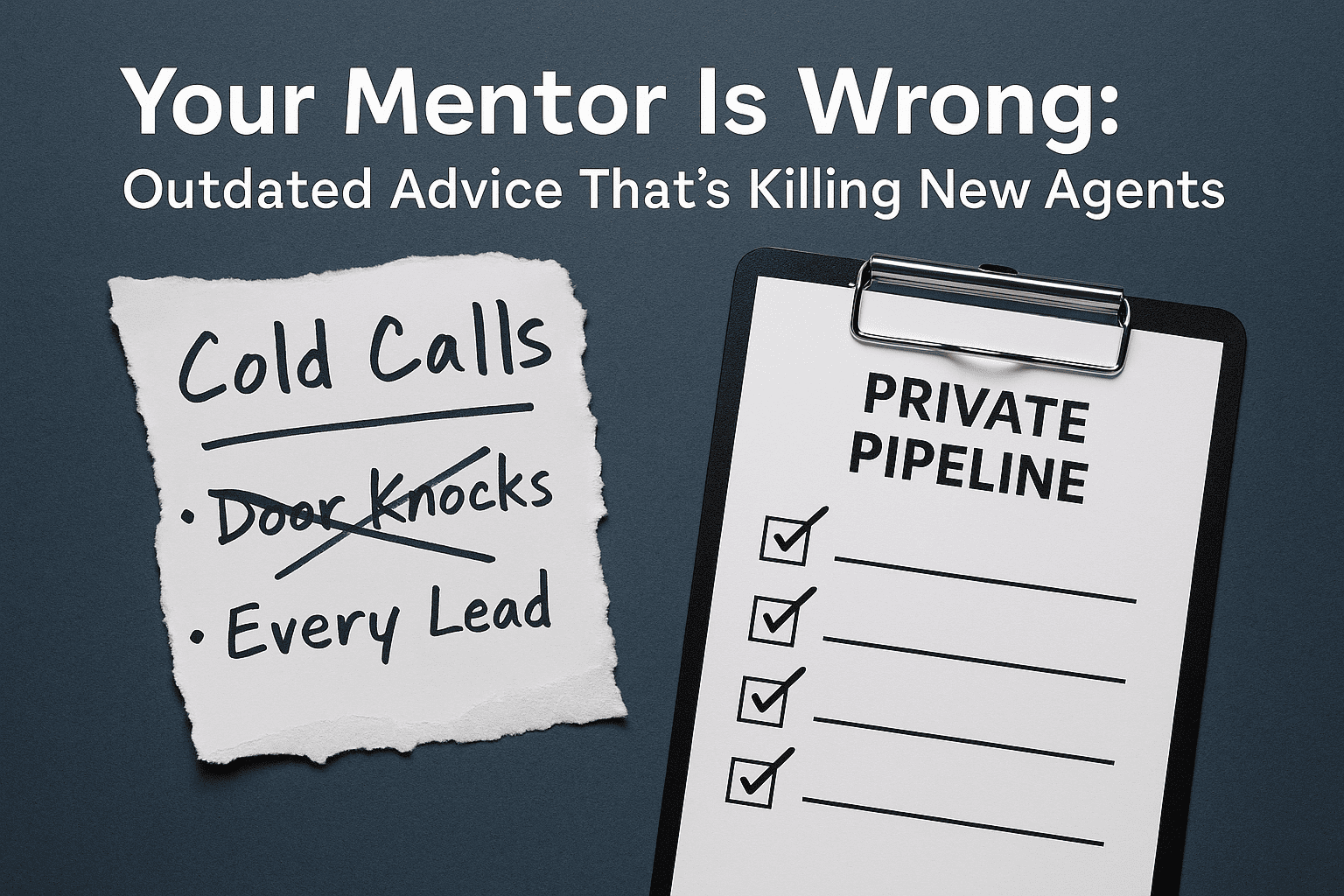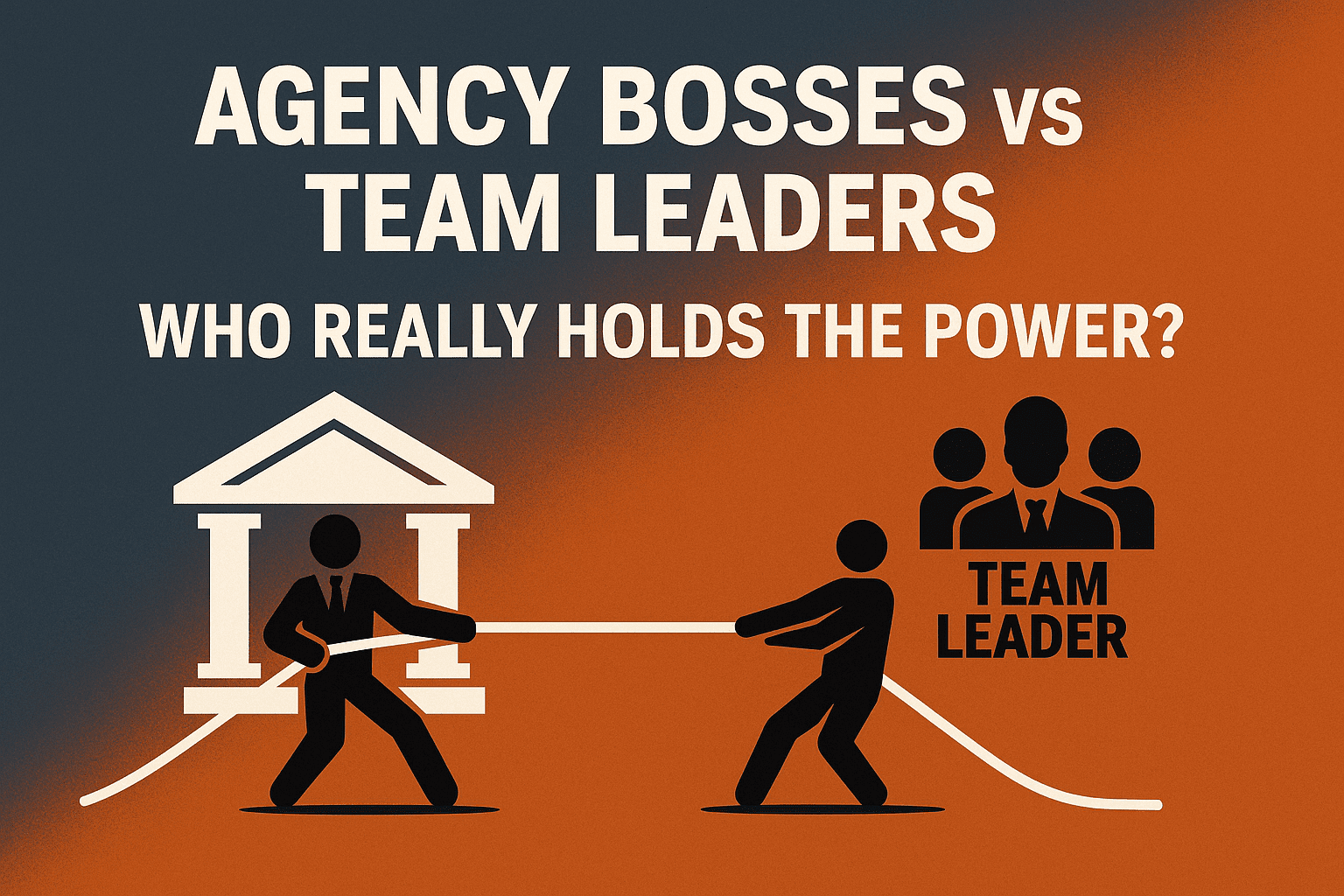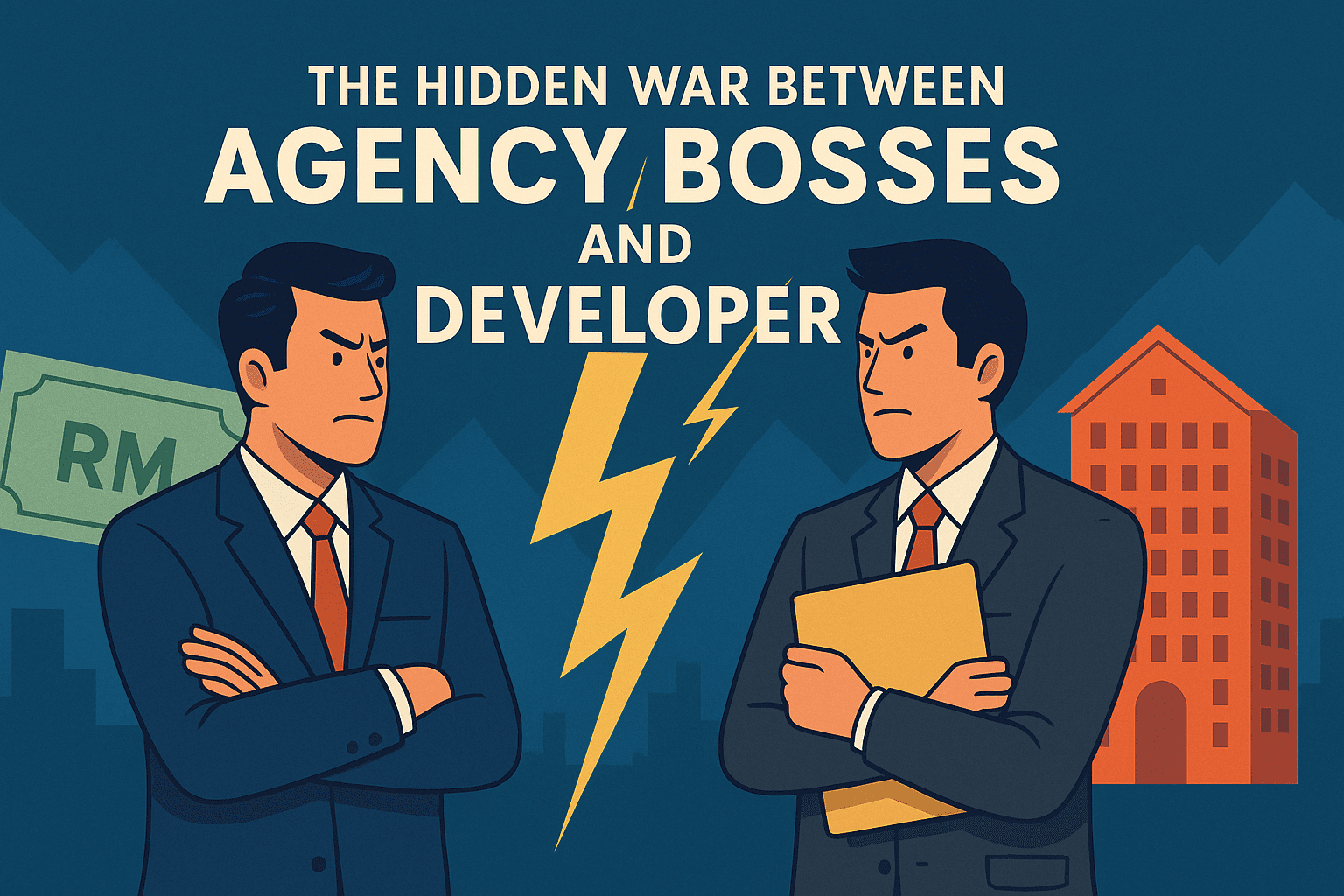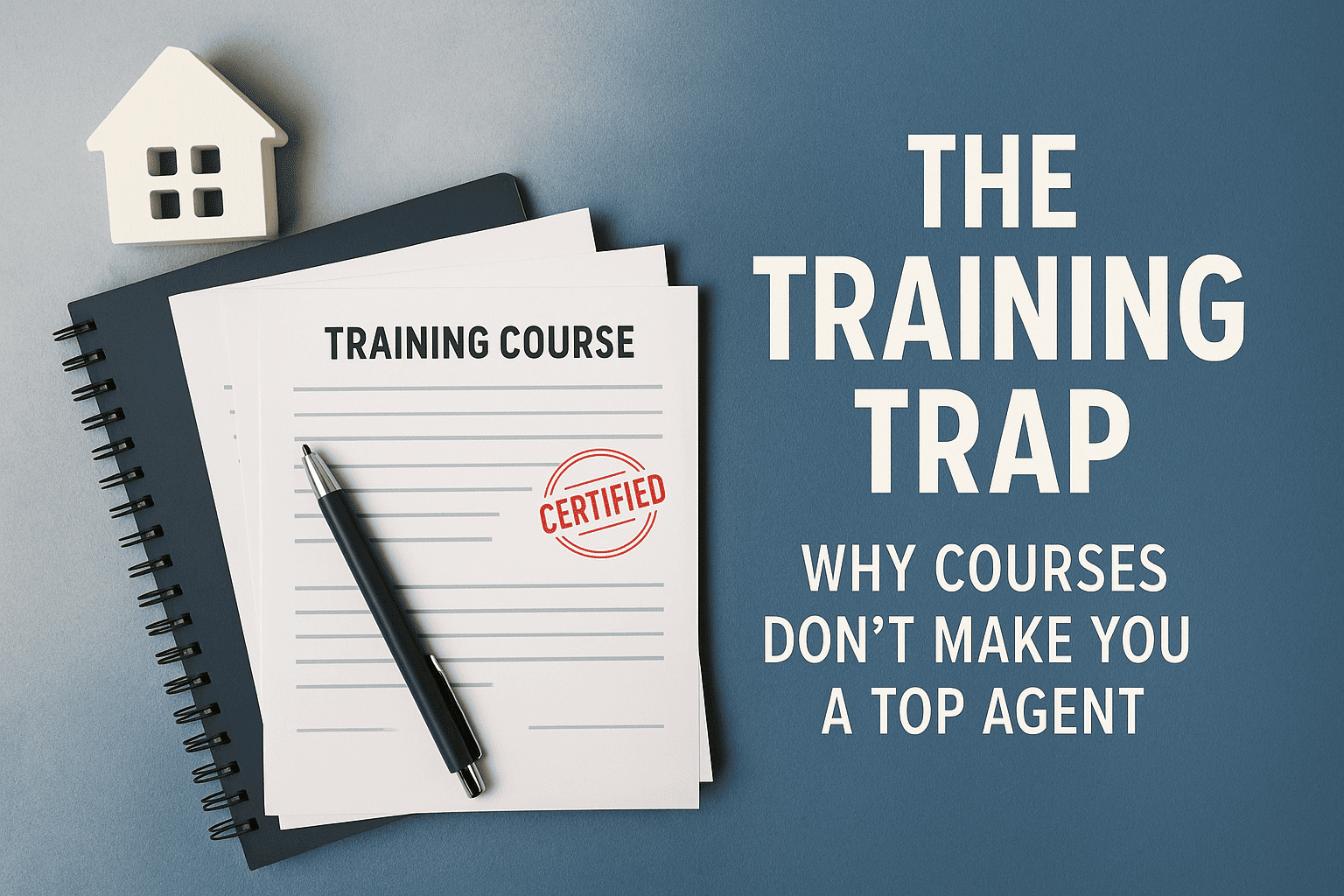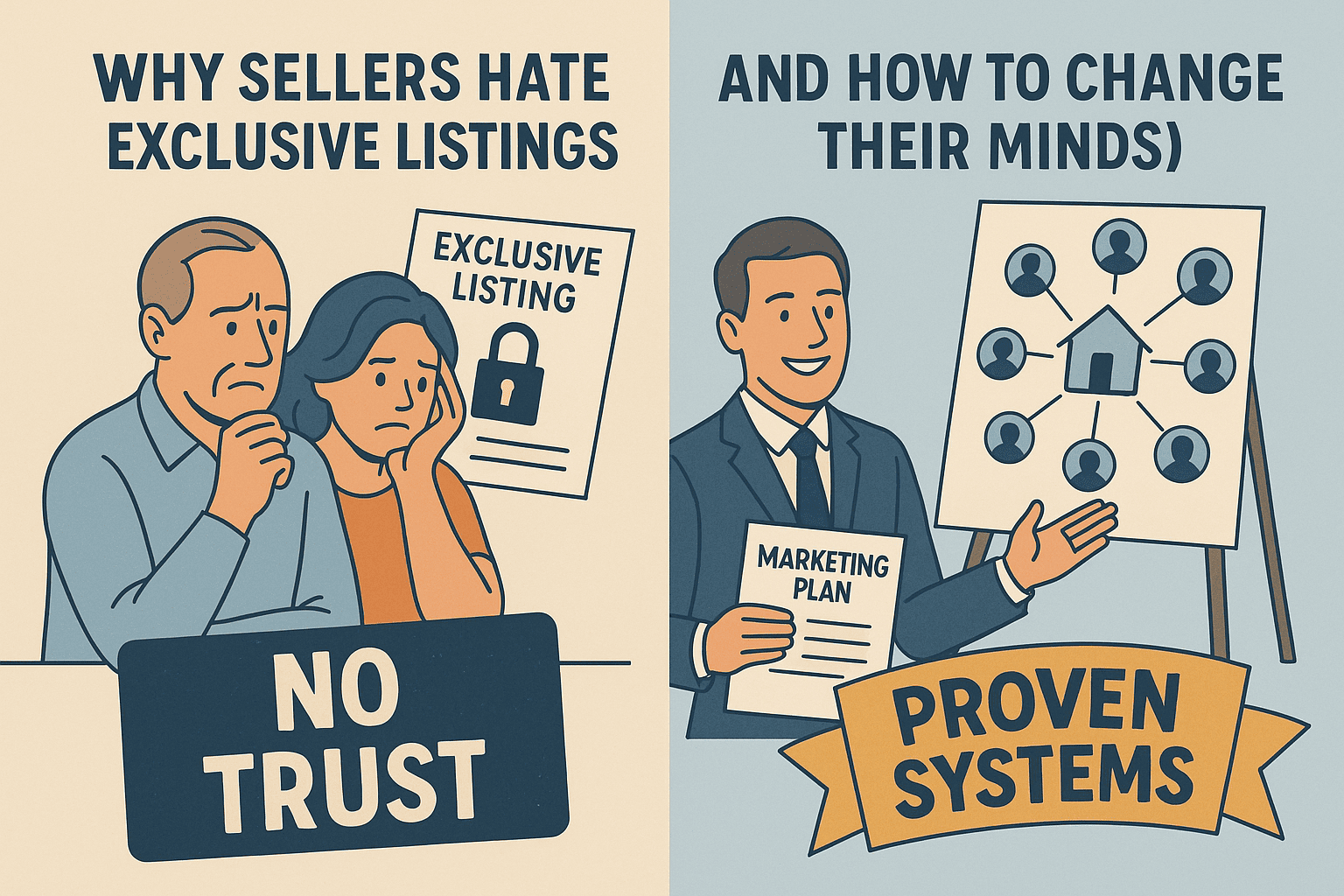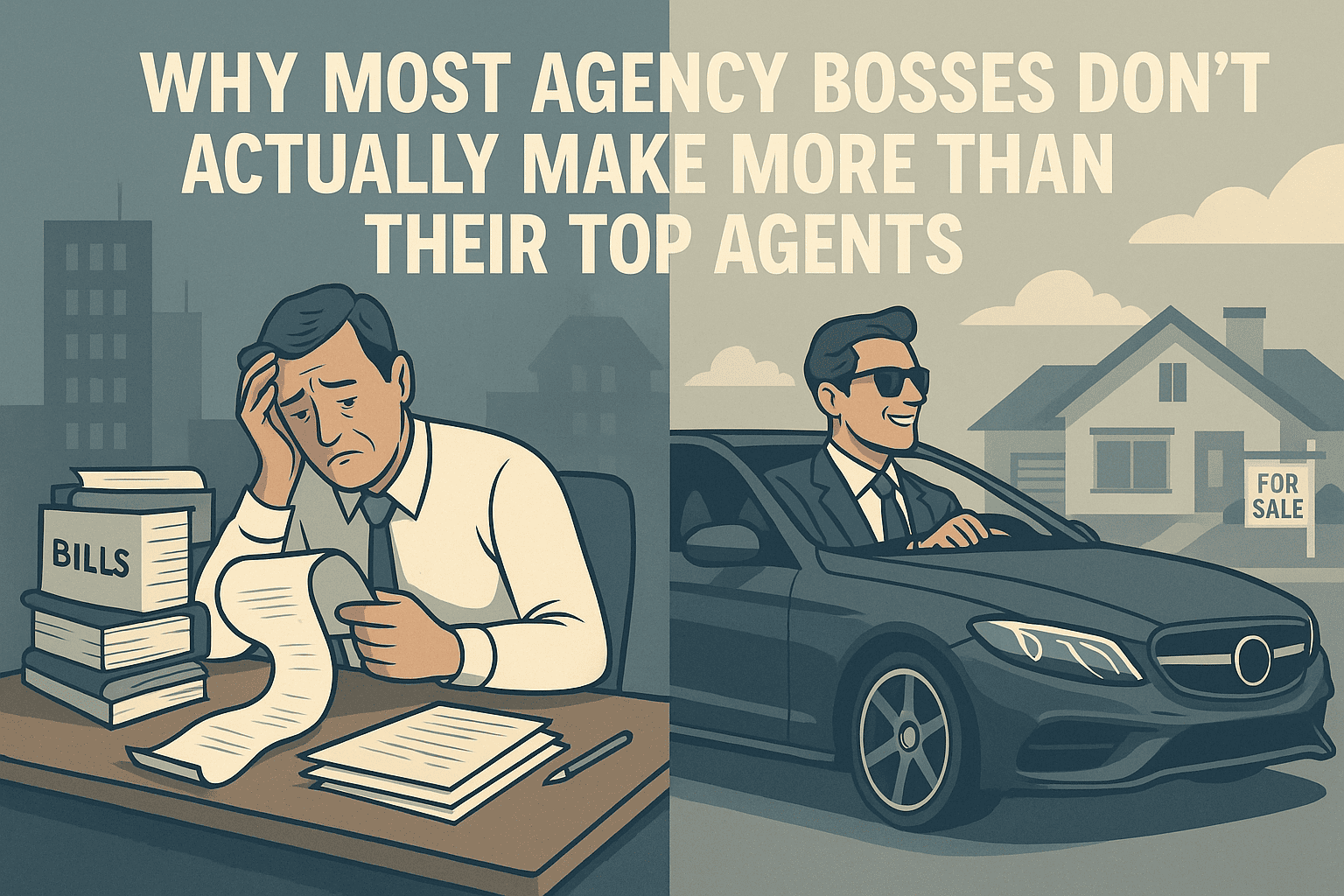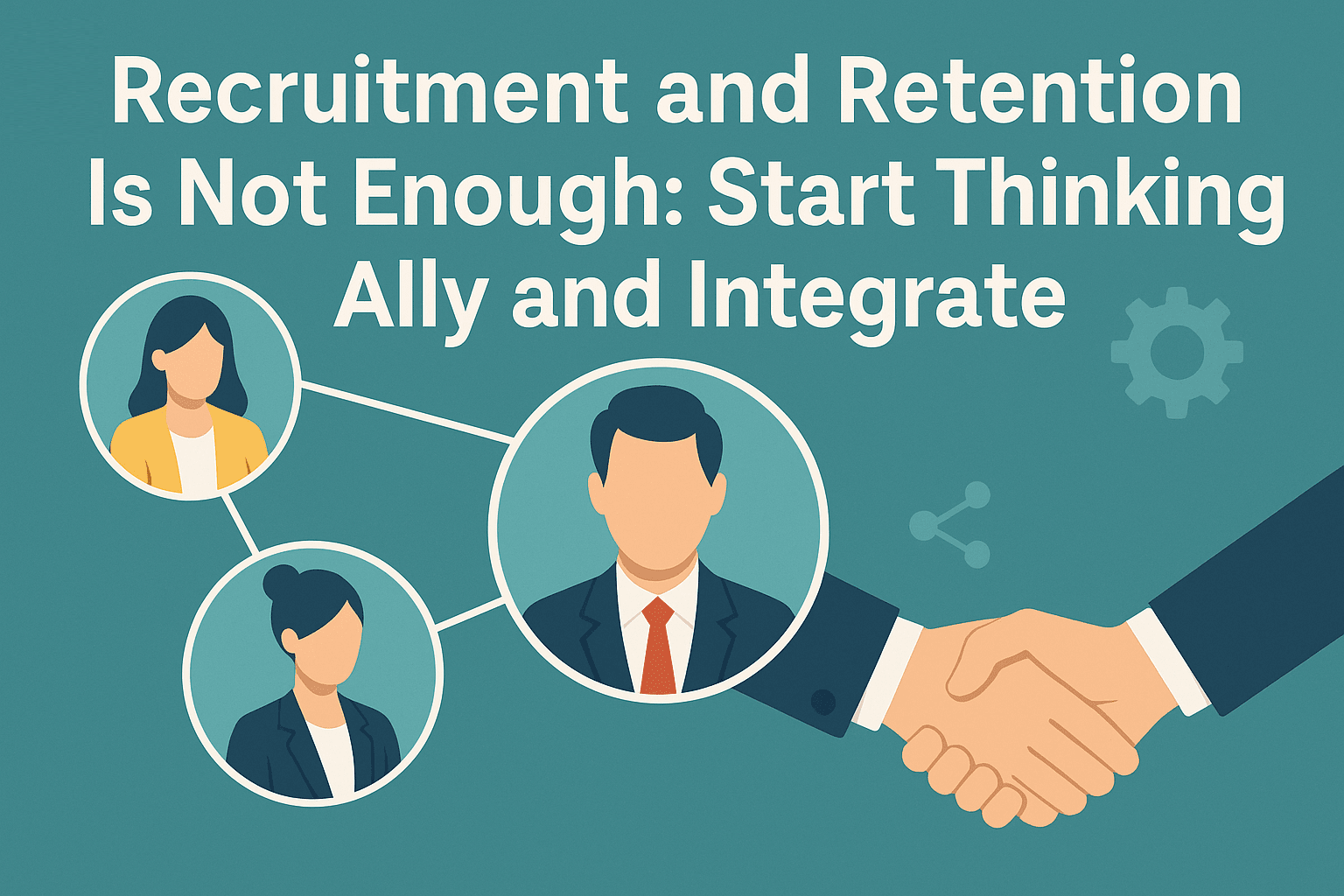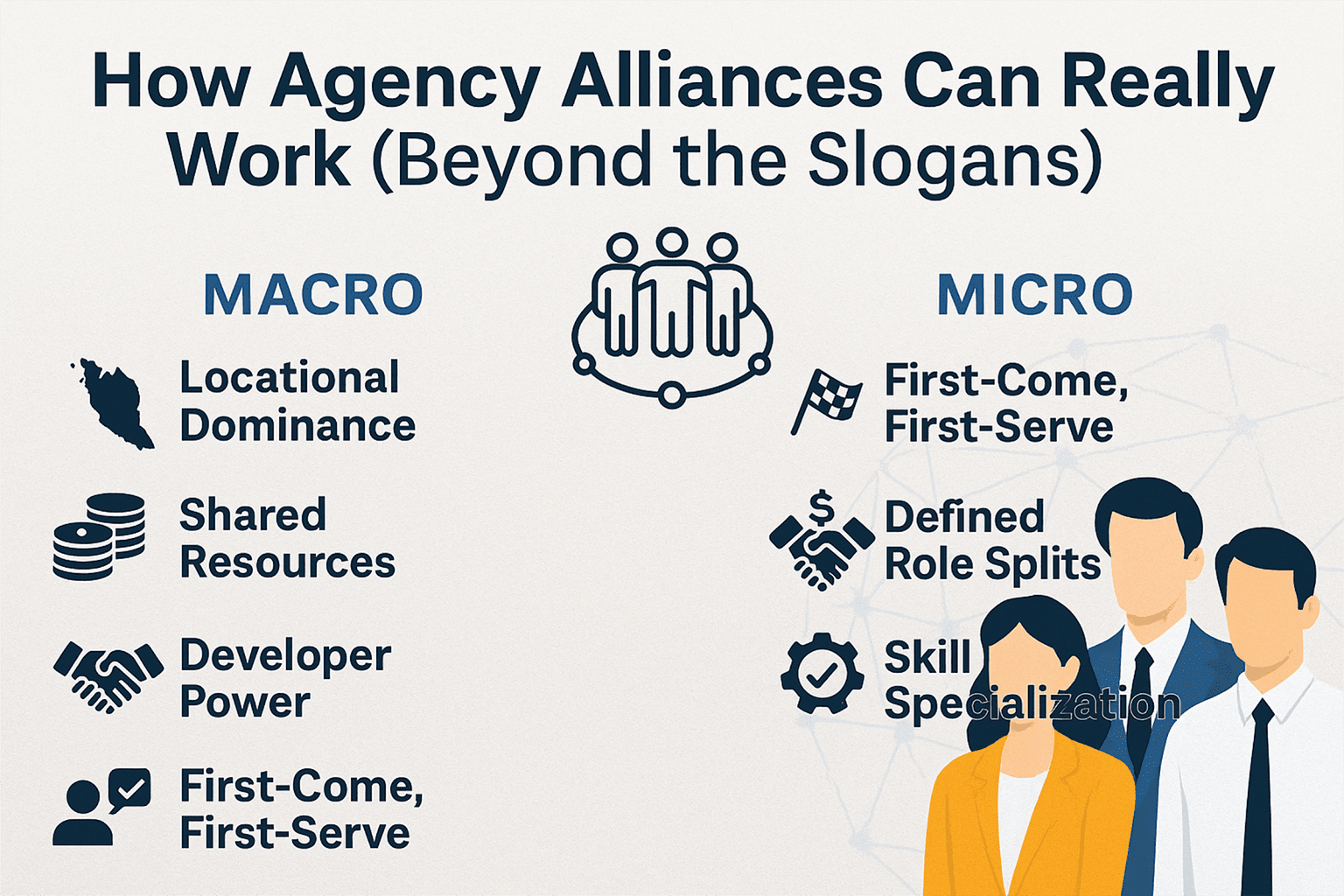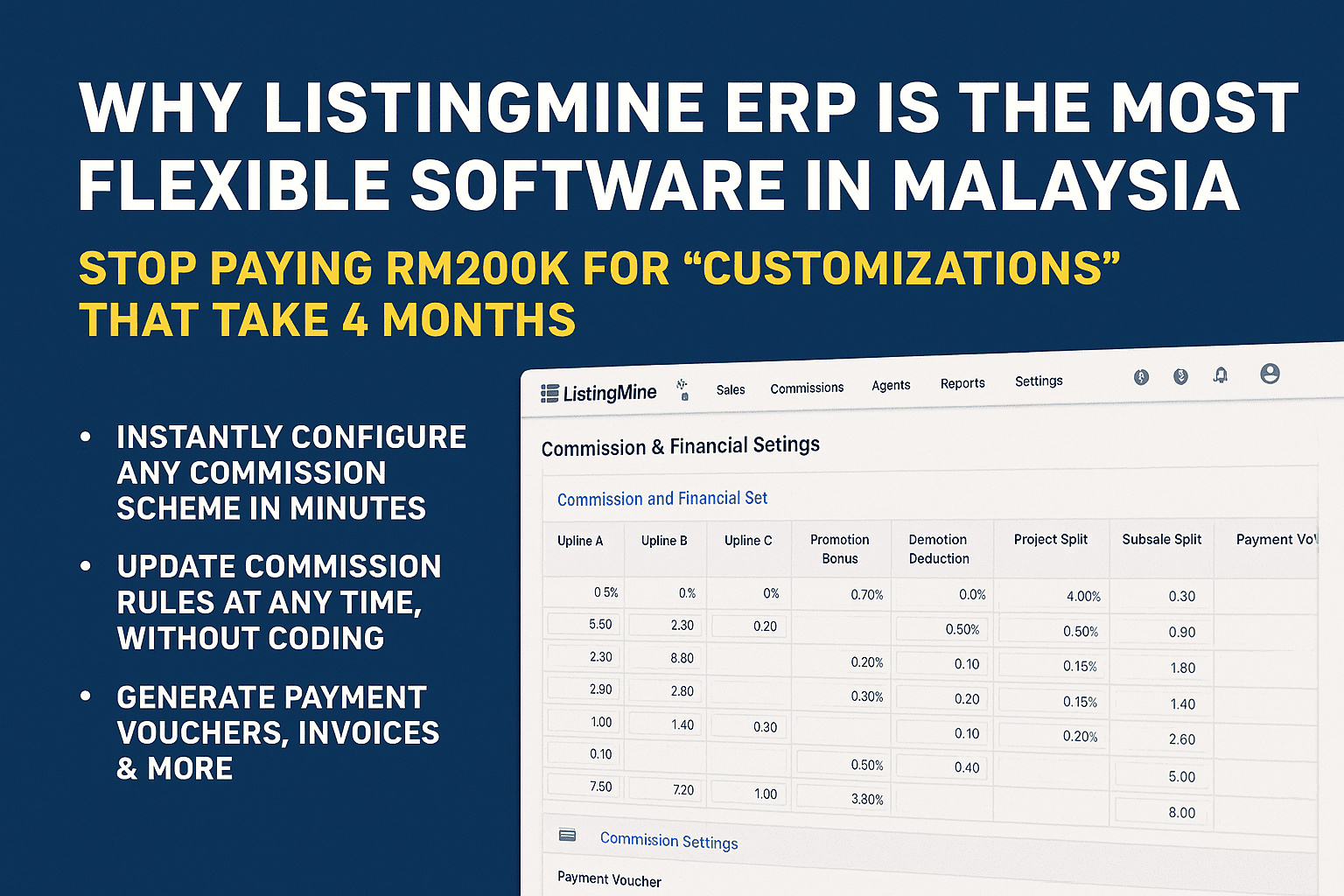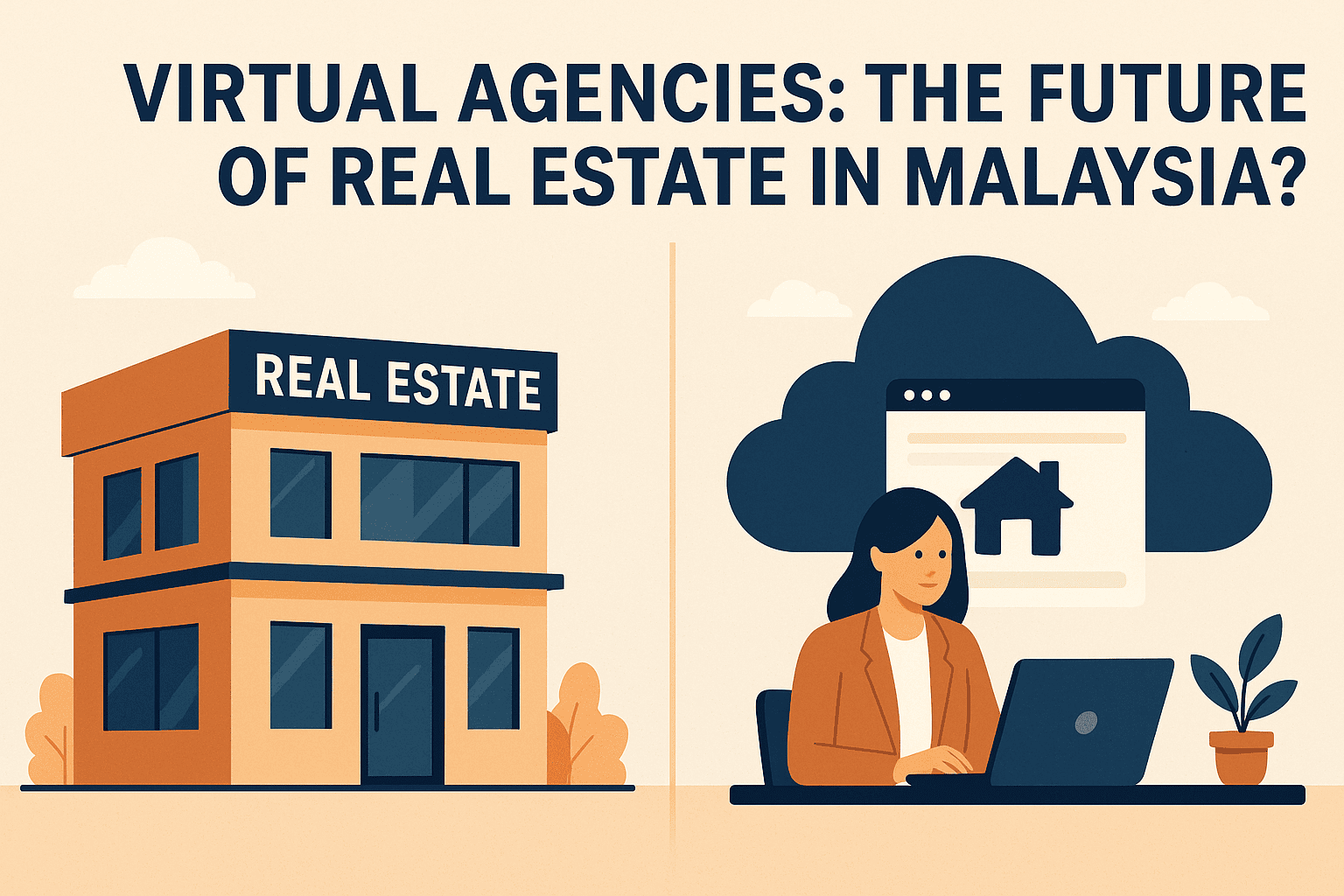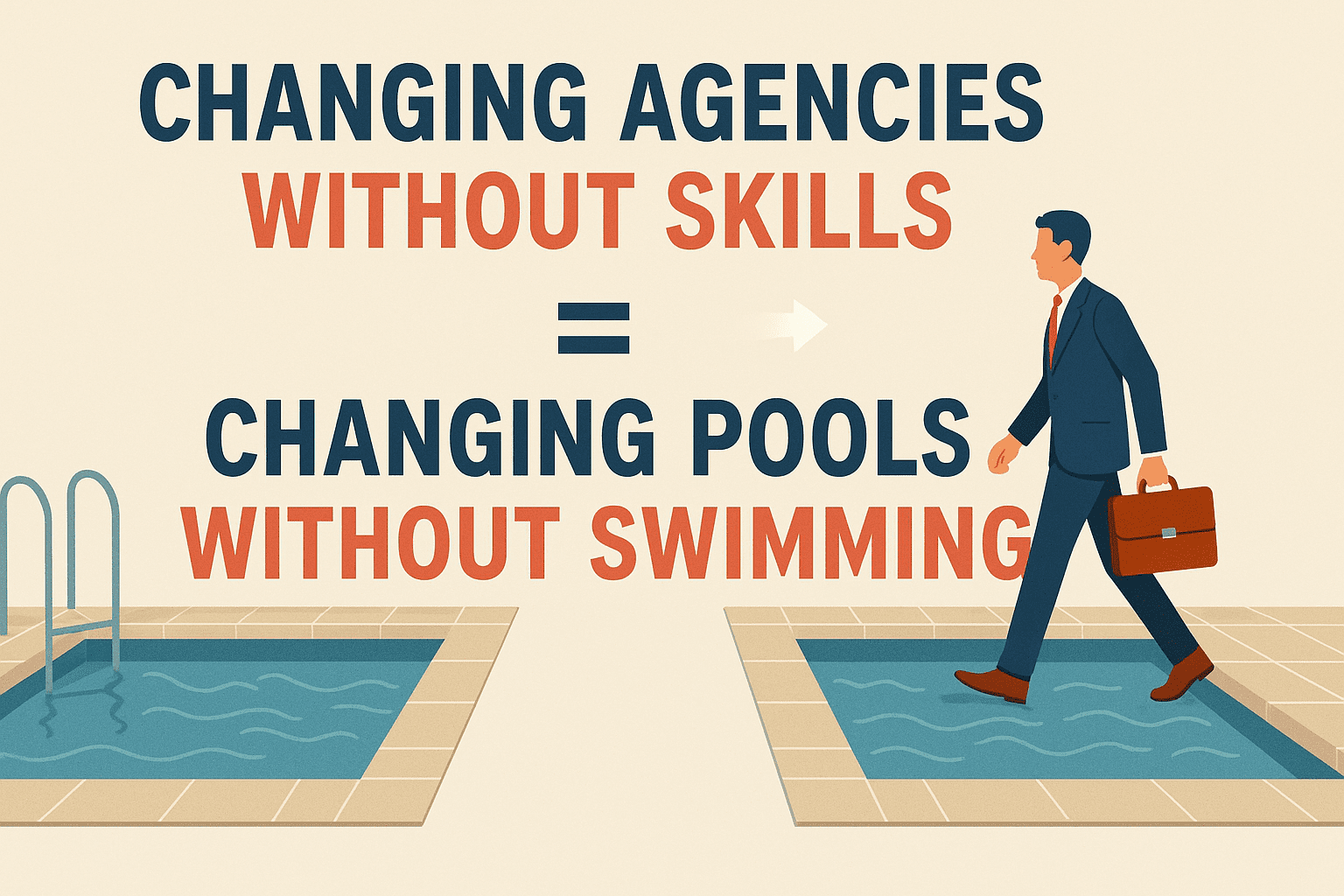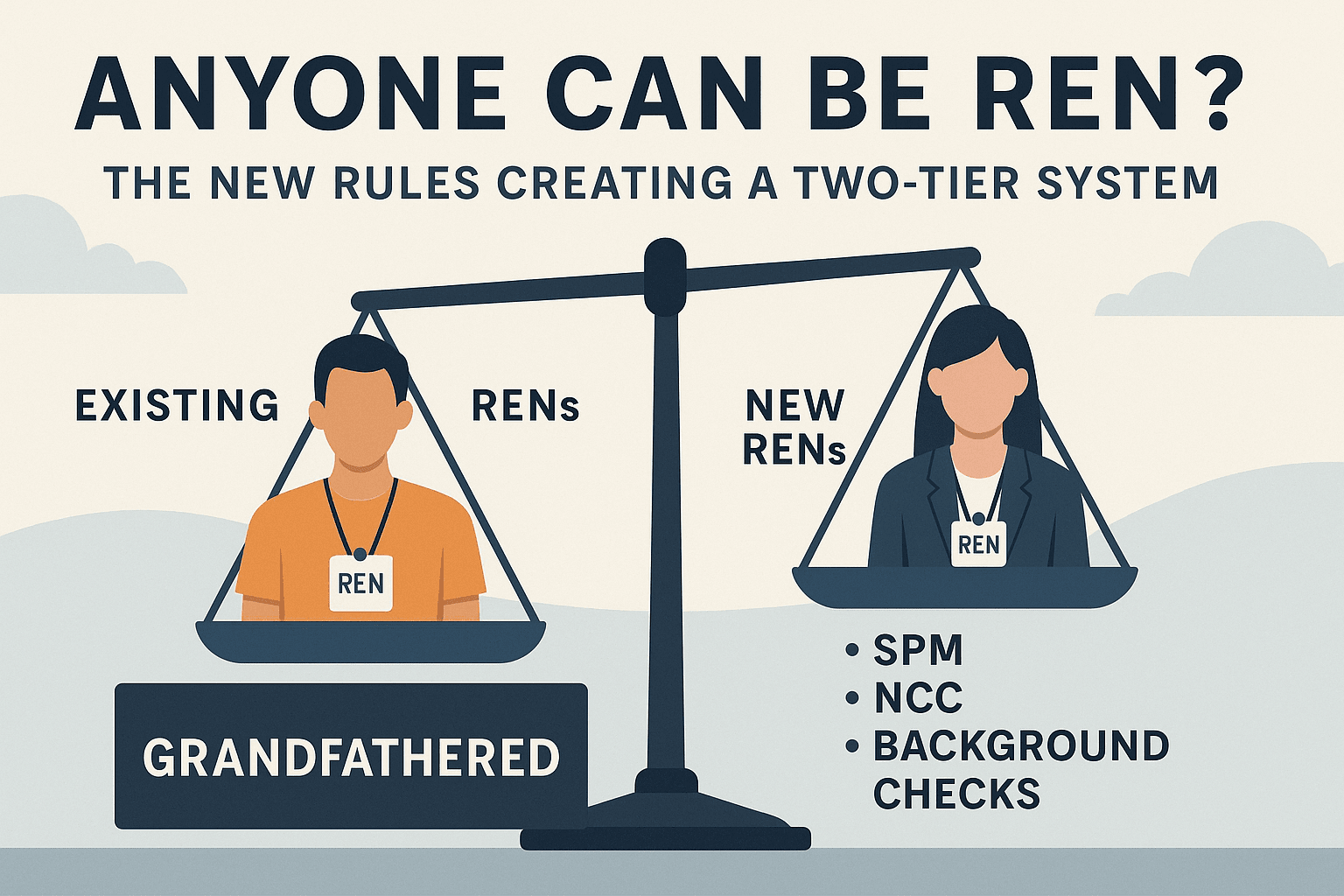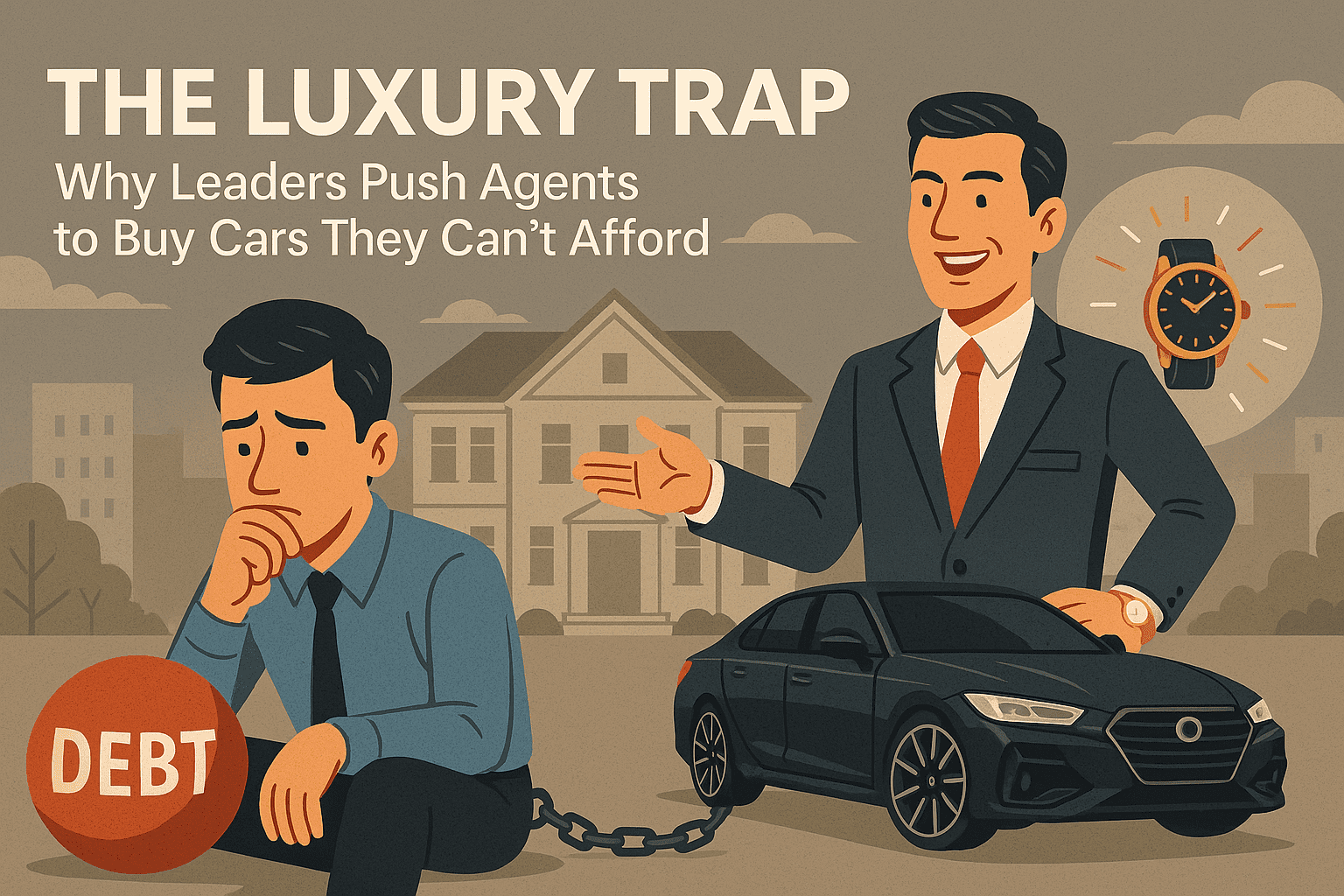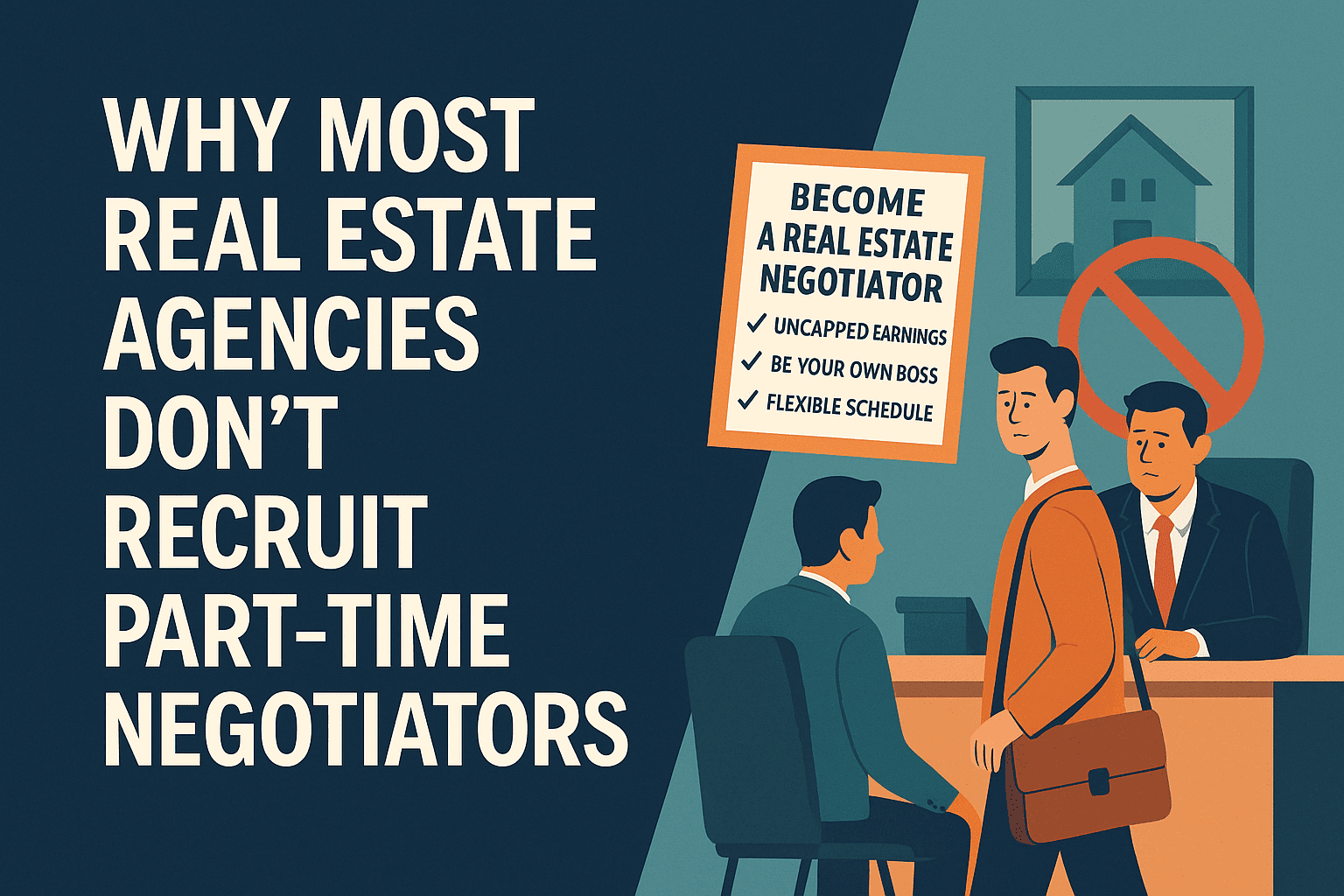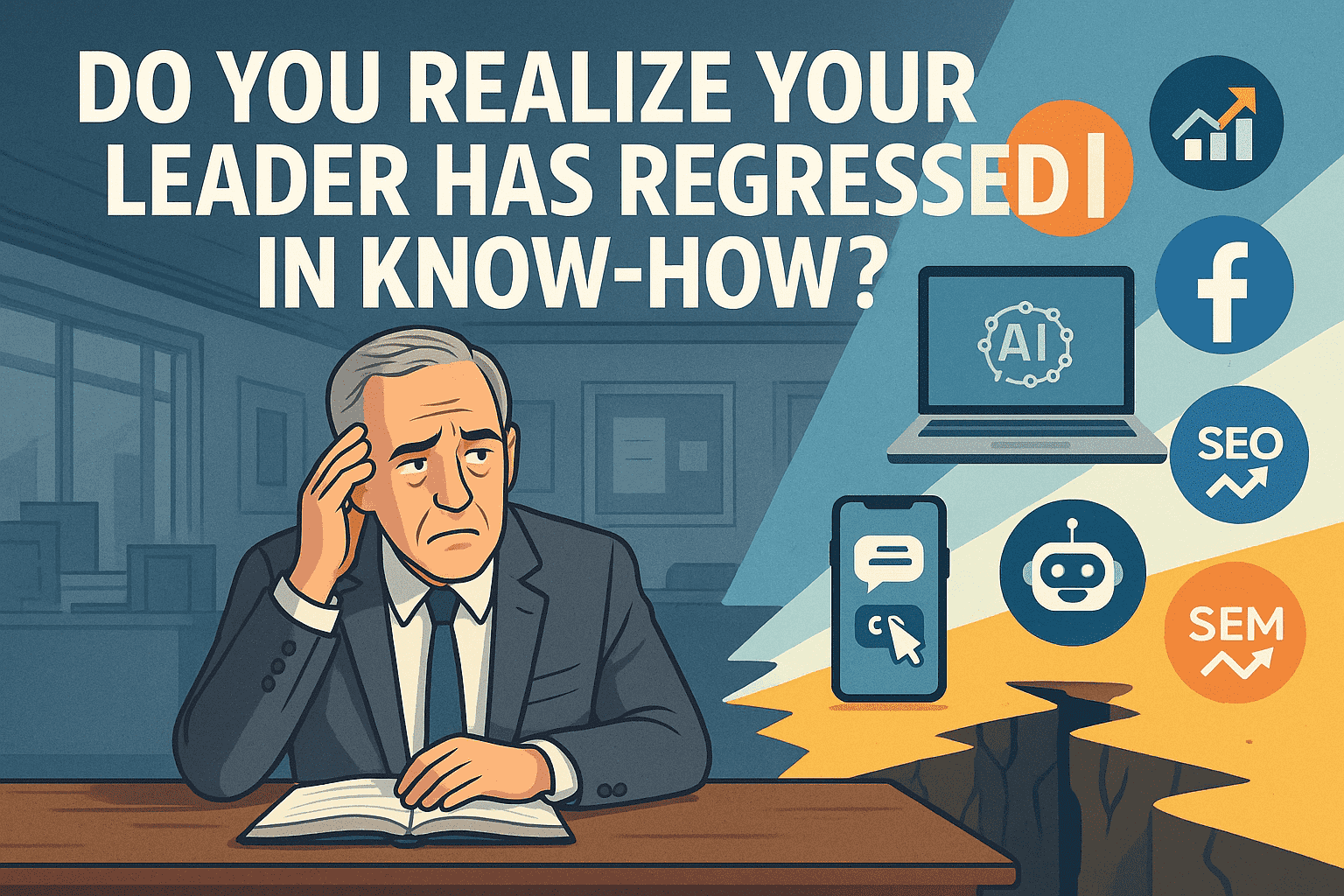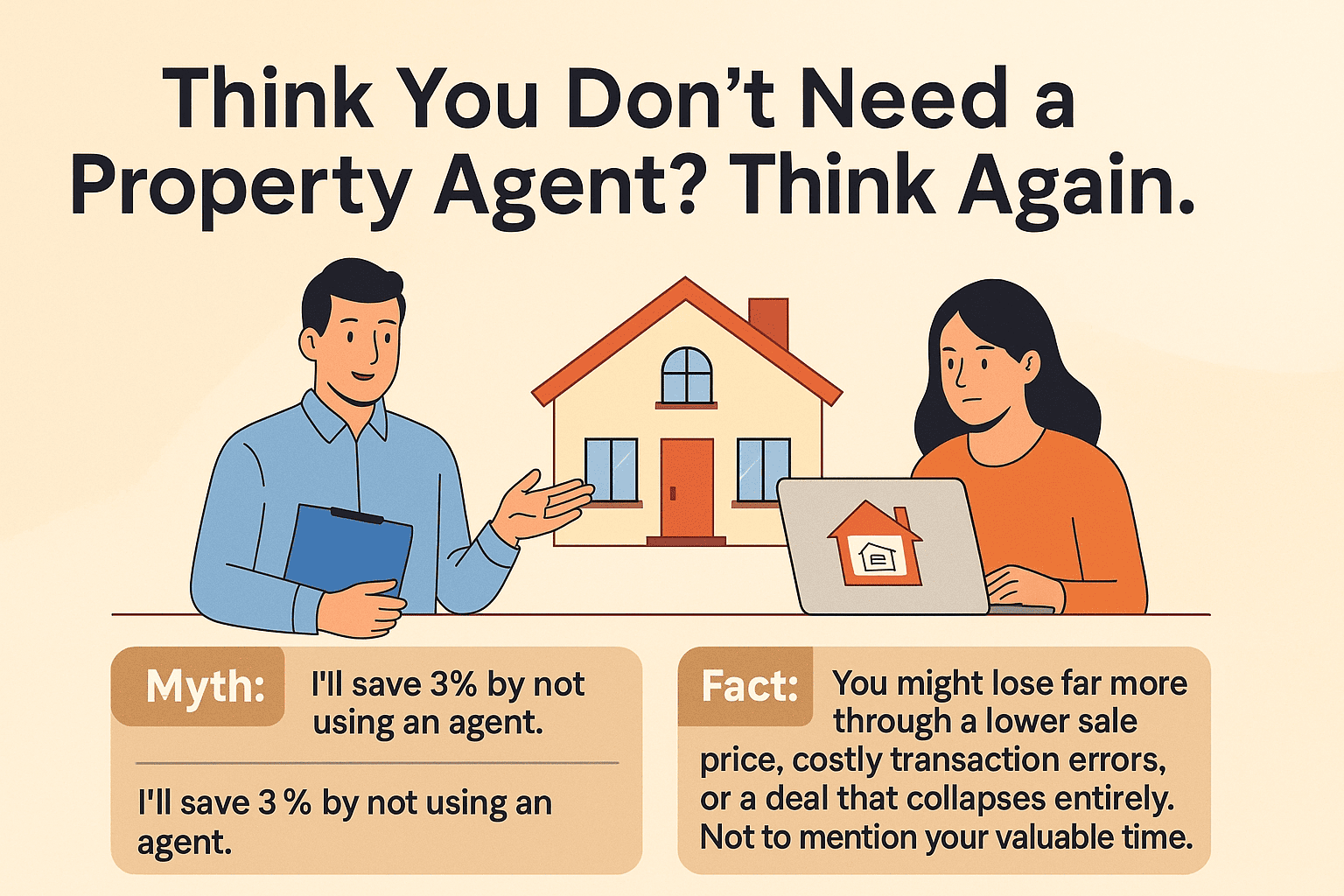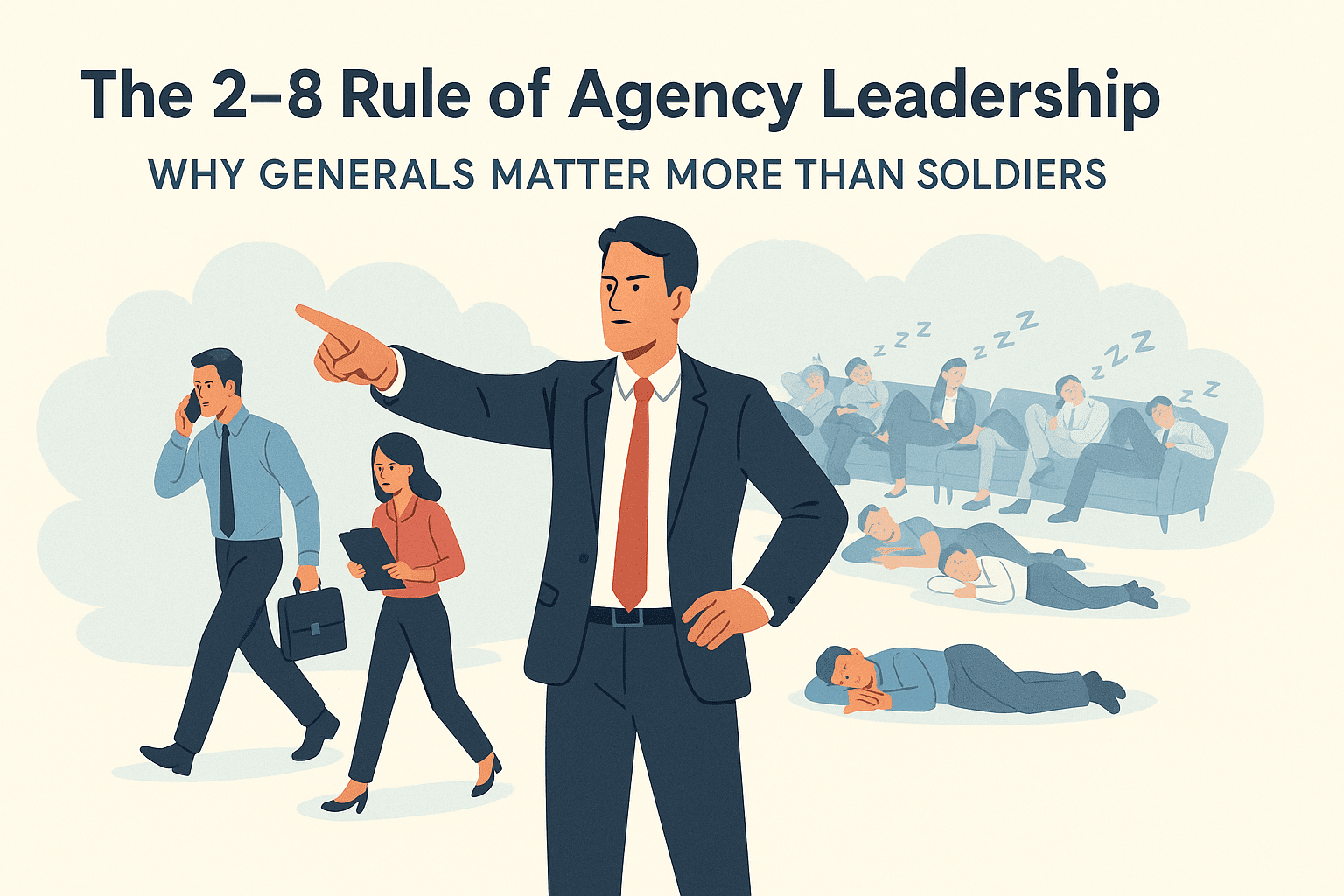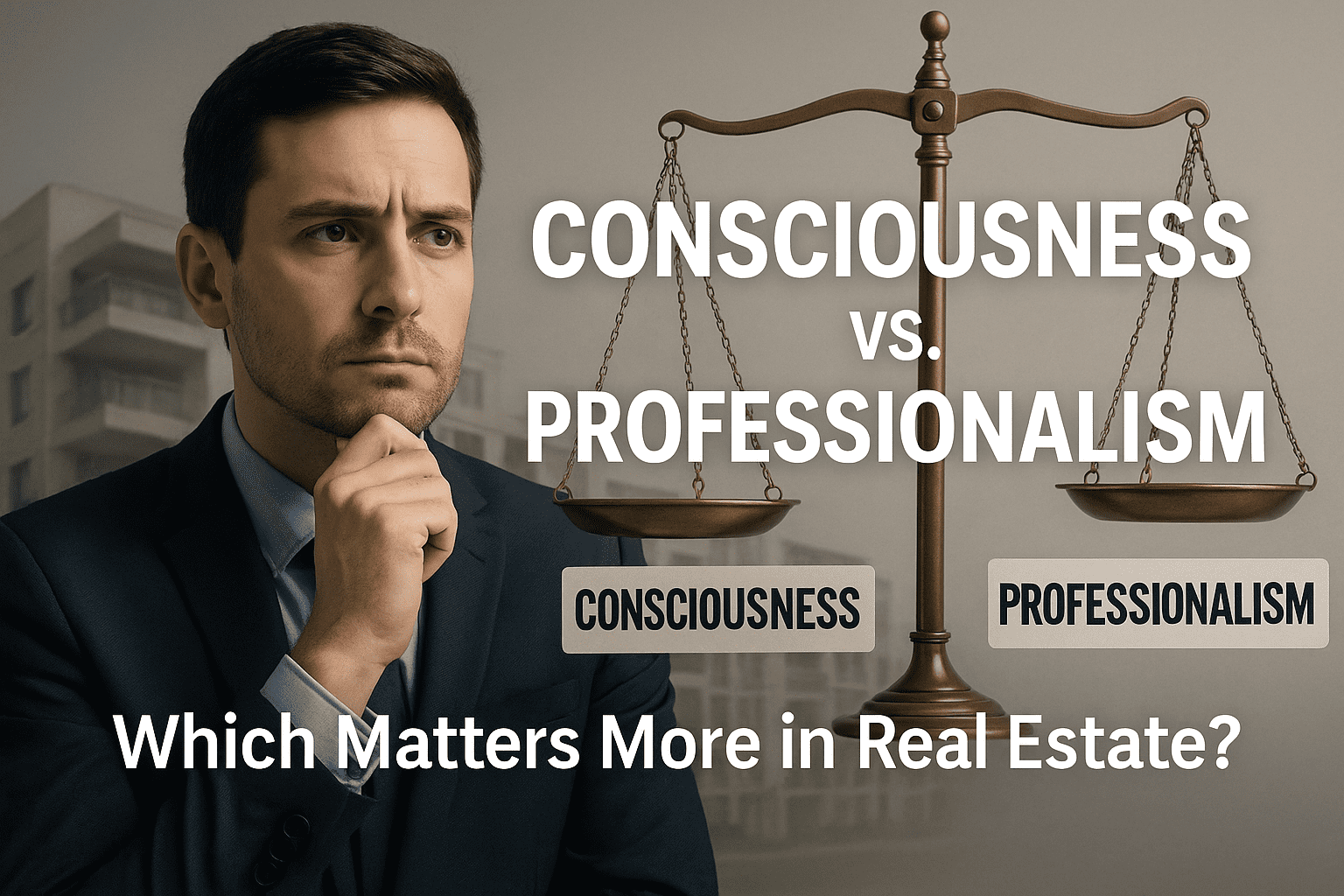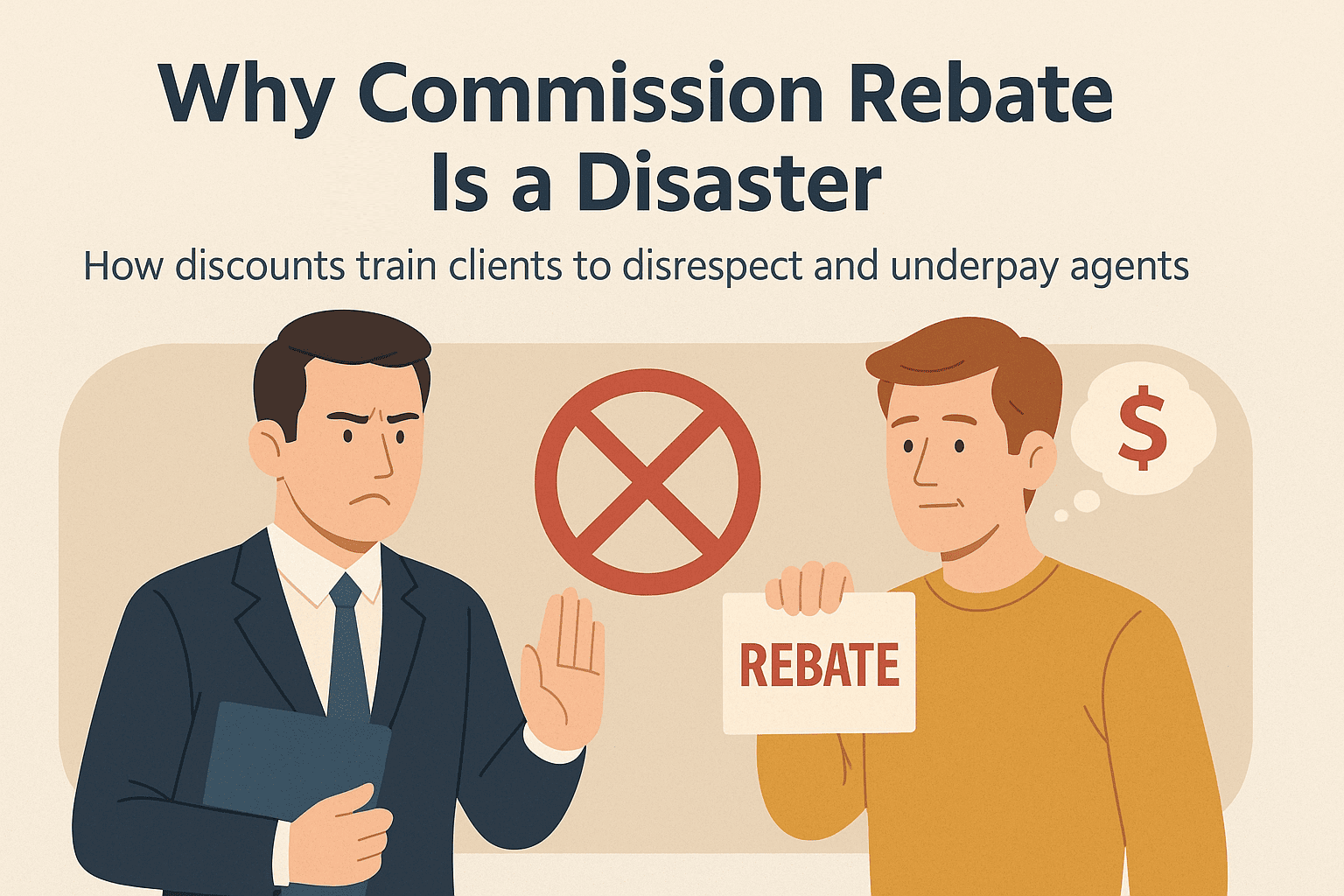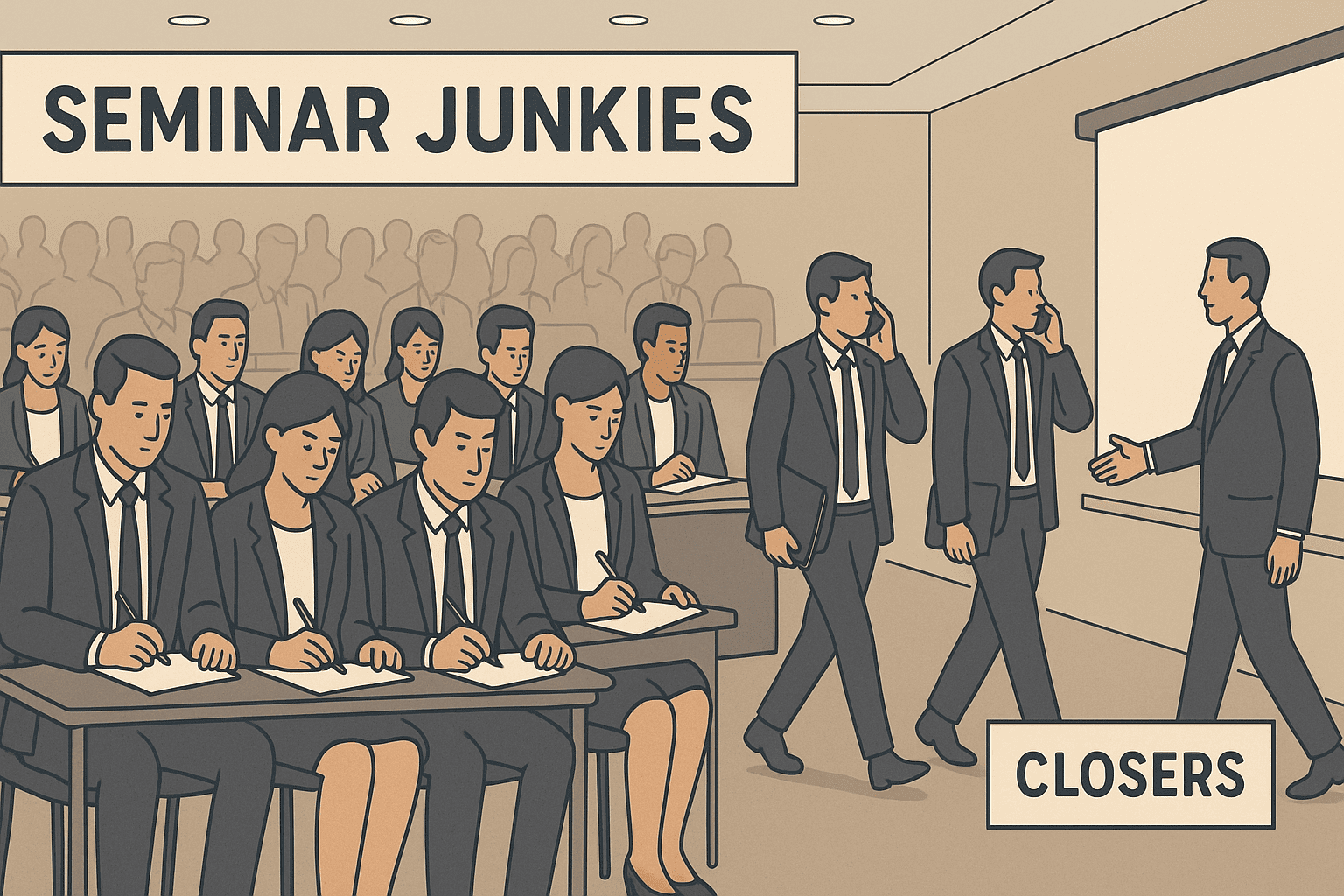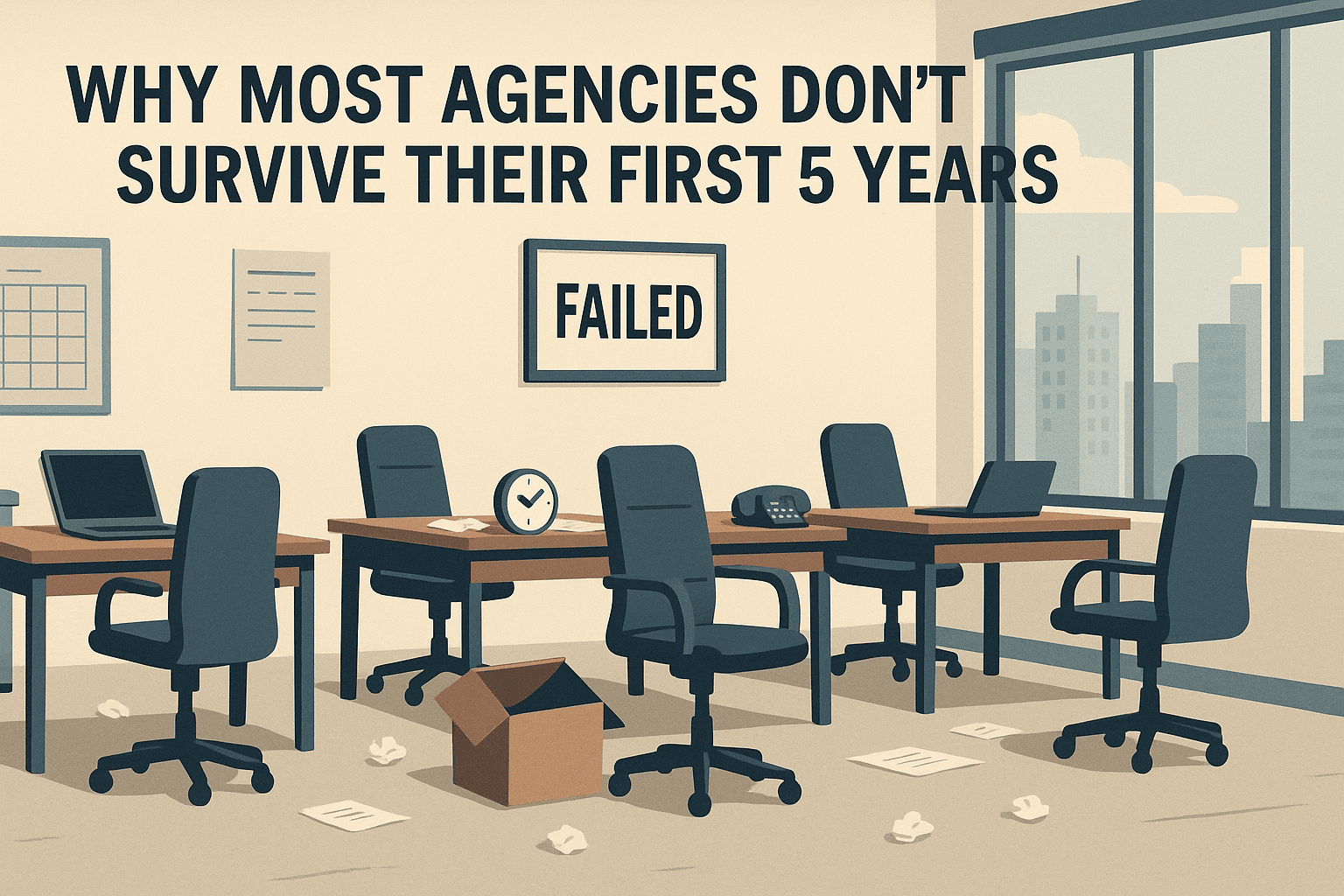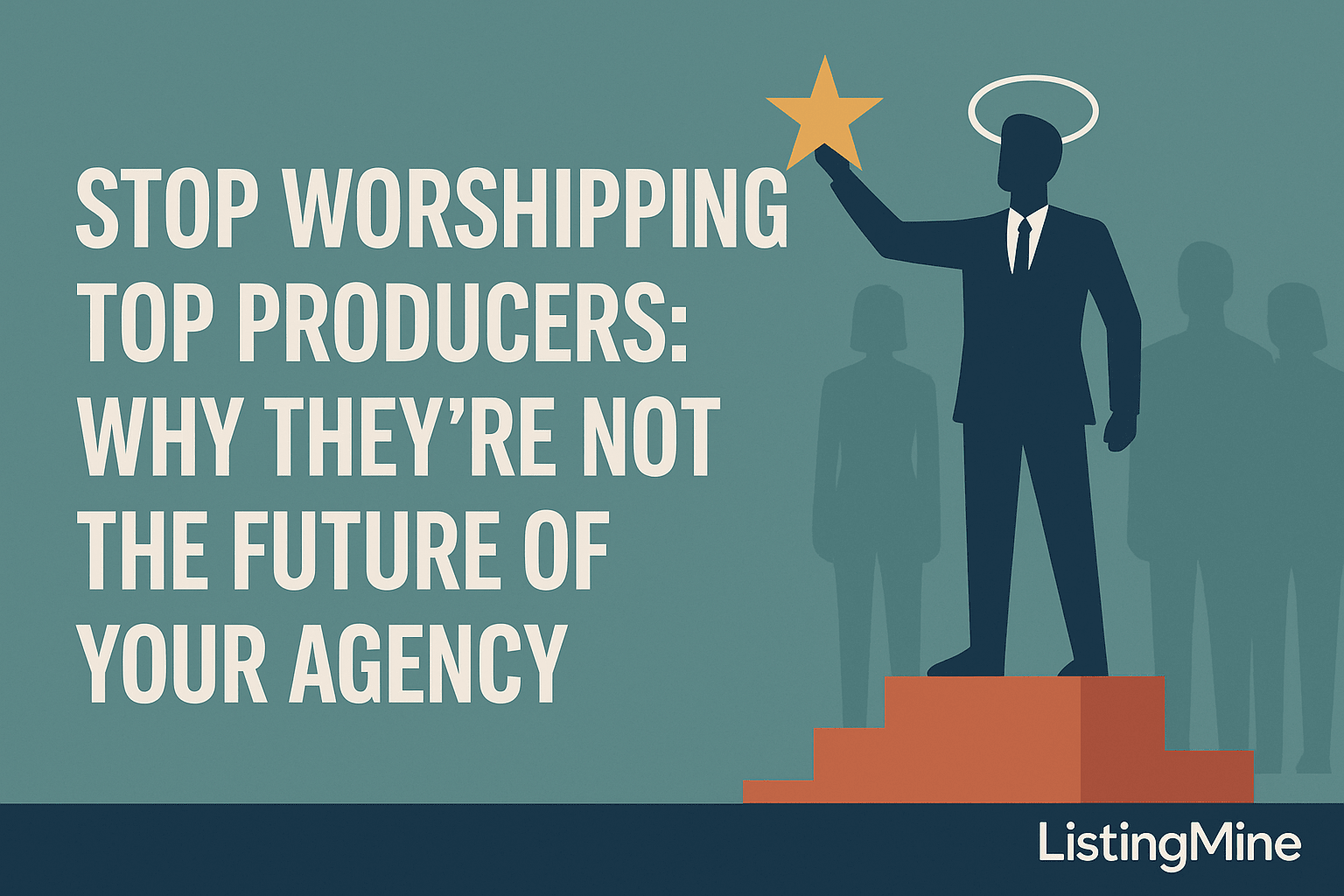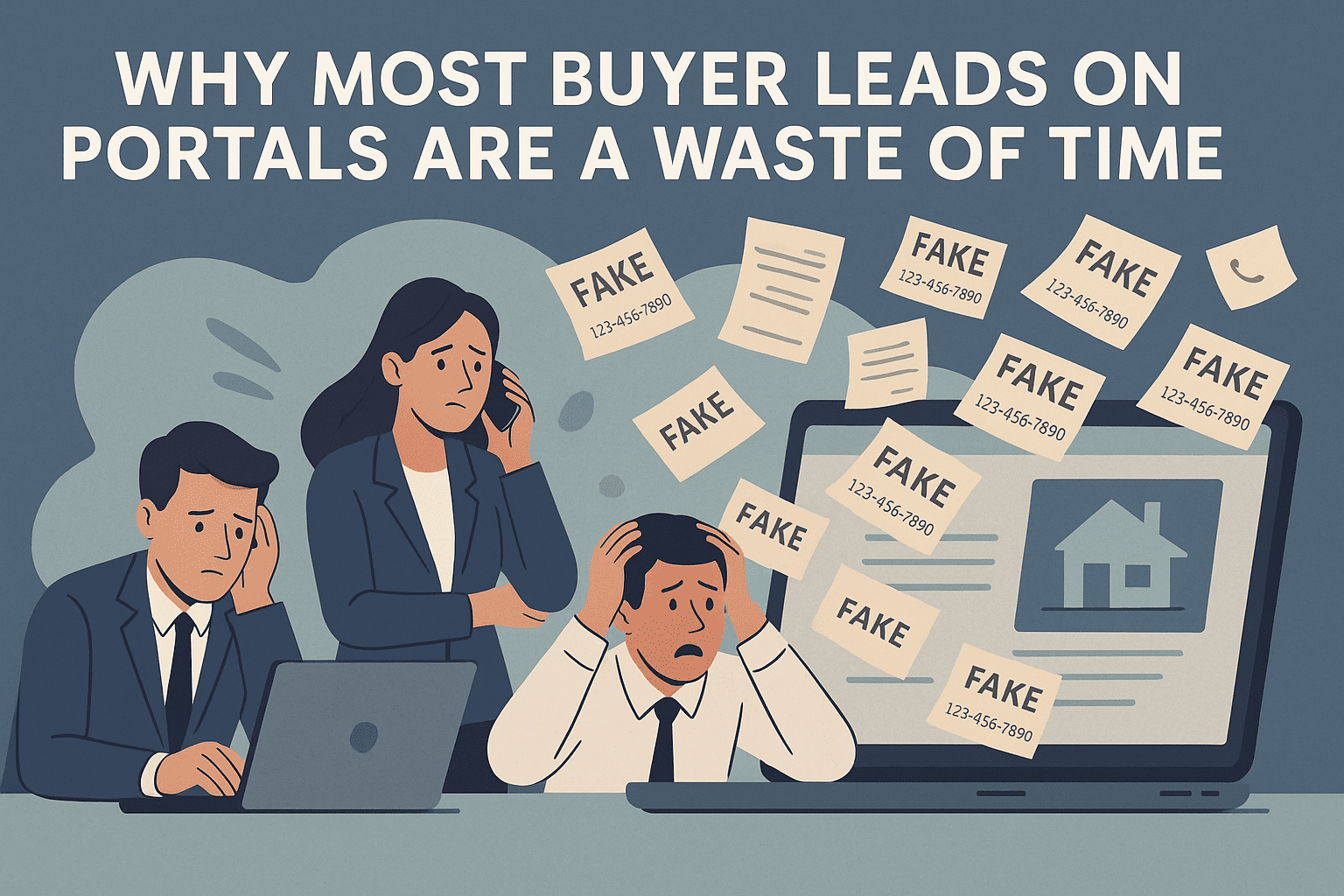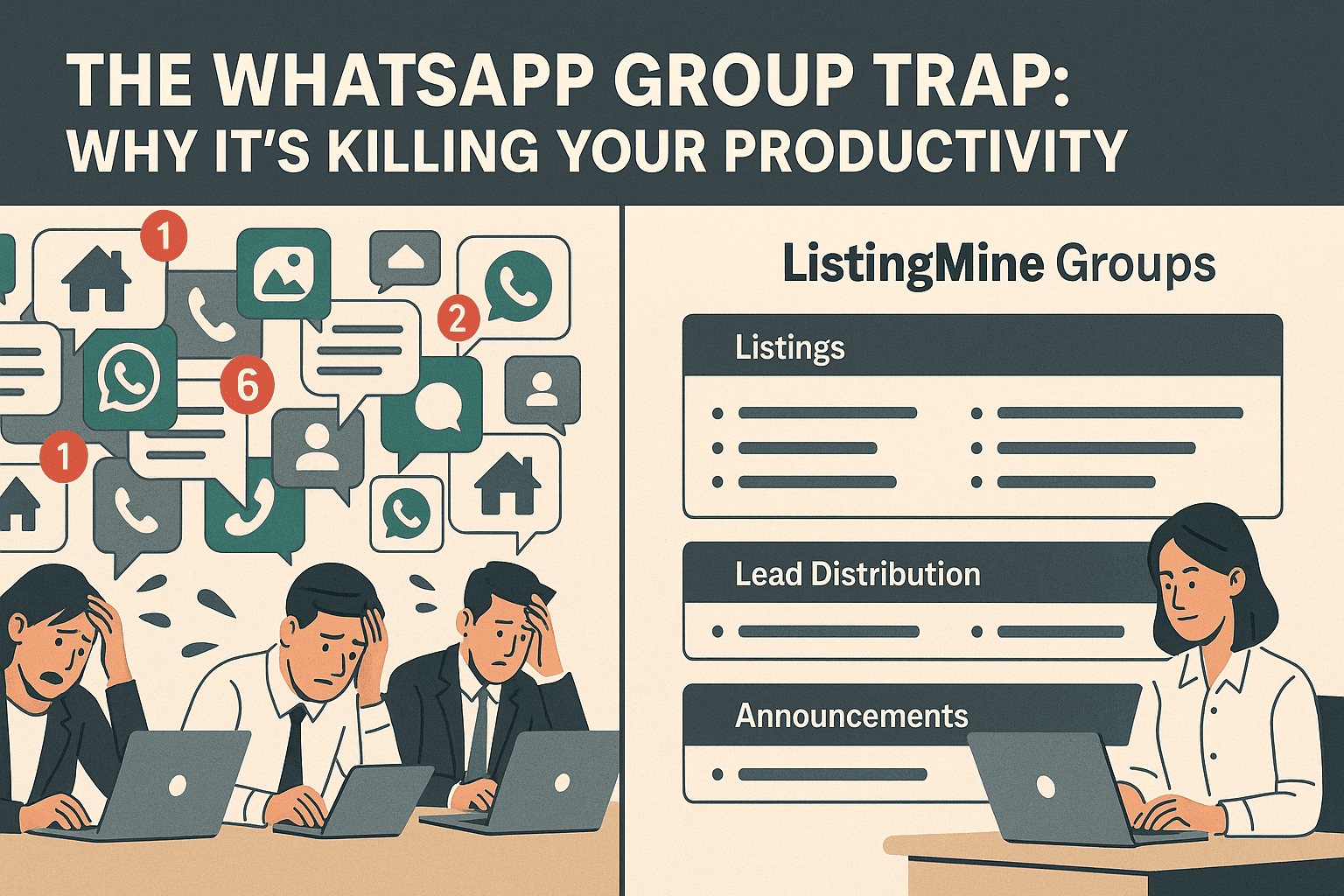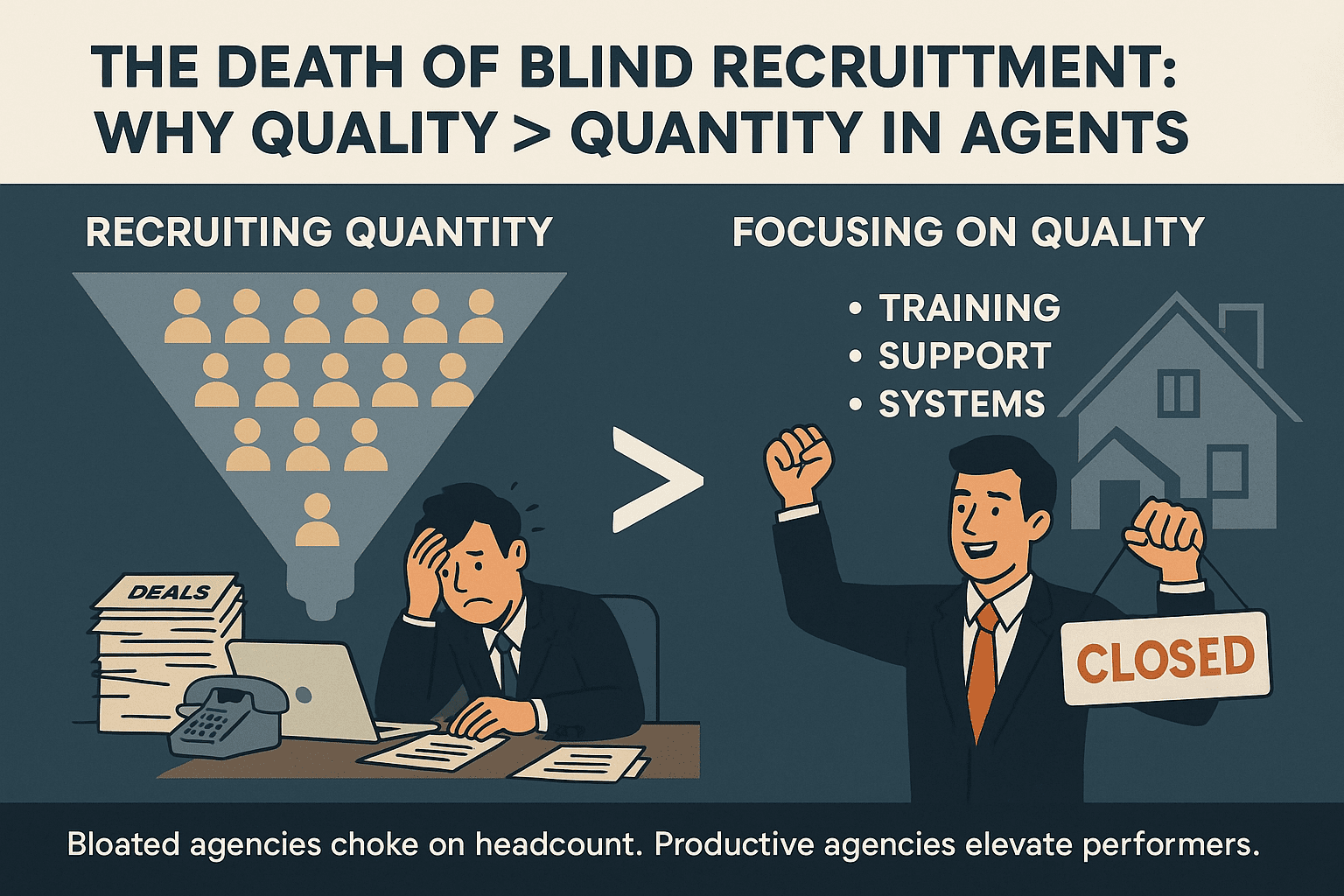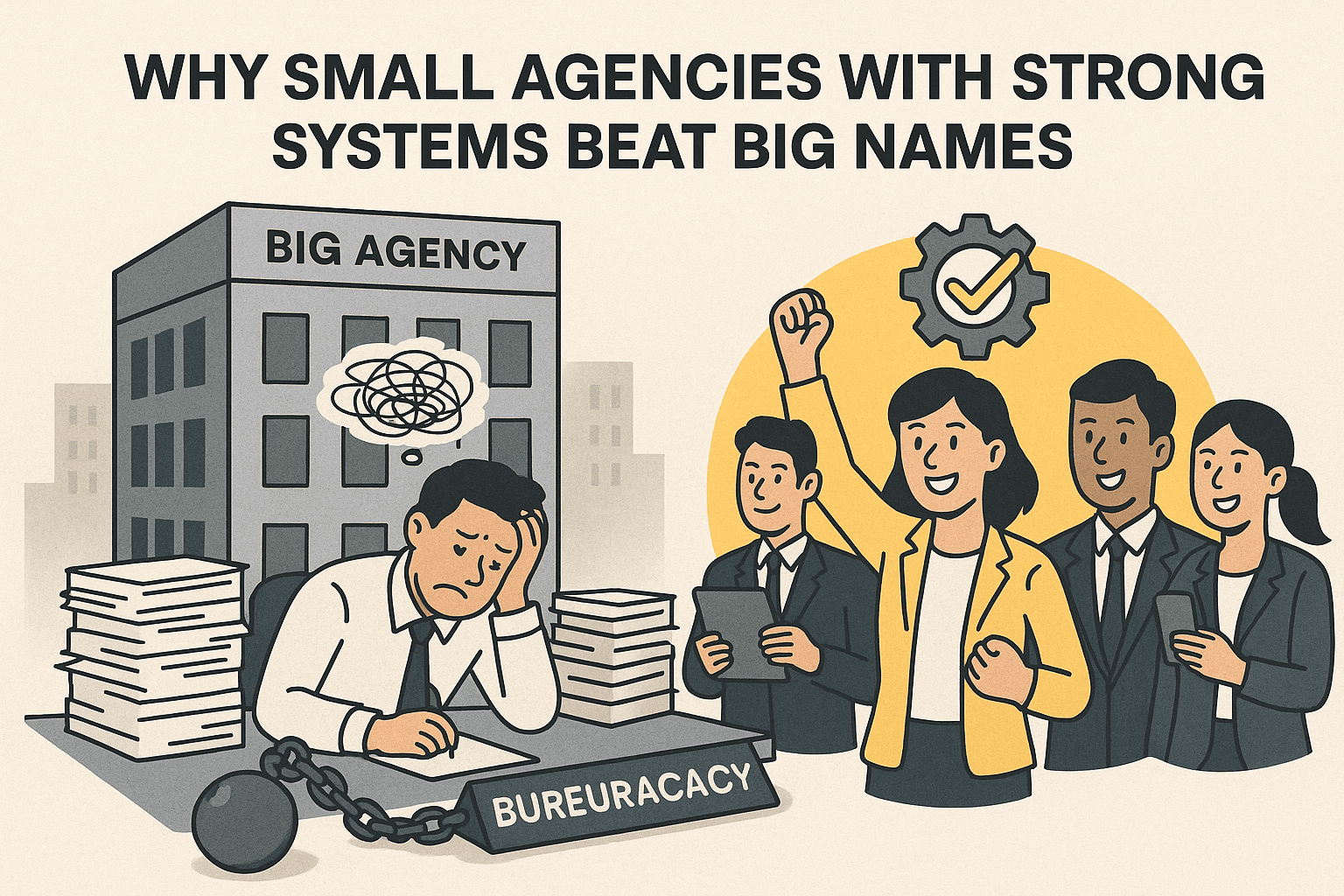Investor Psychology: The Fear Behind the Figures
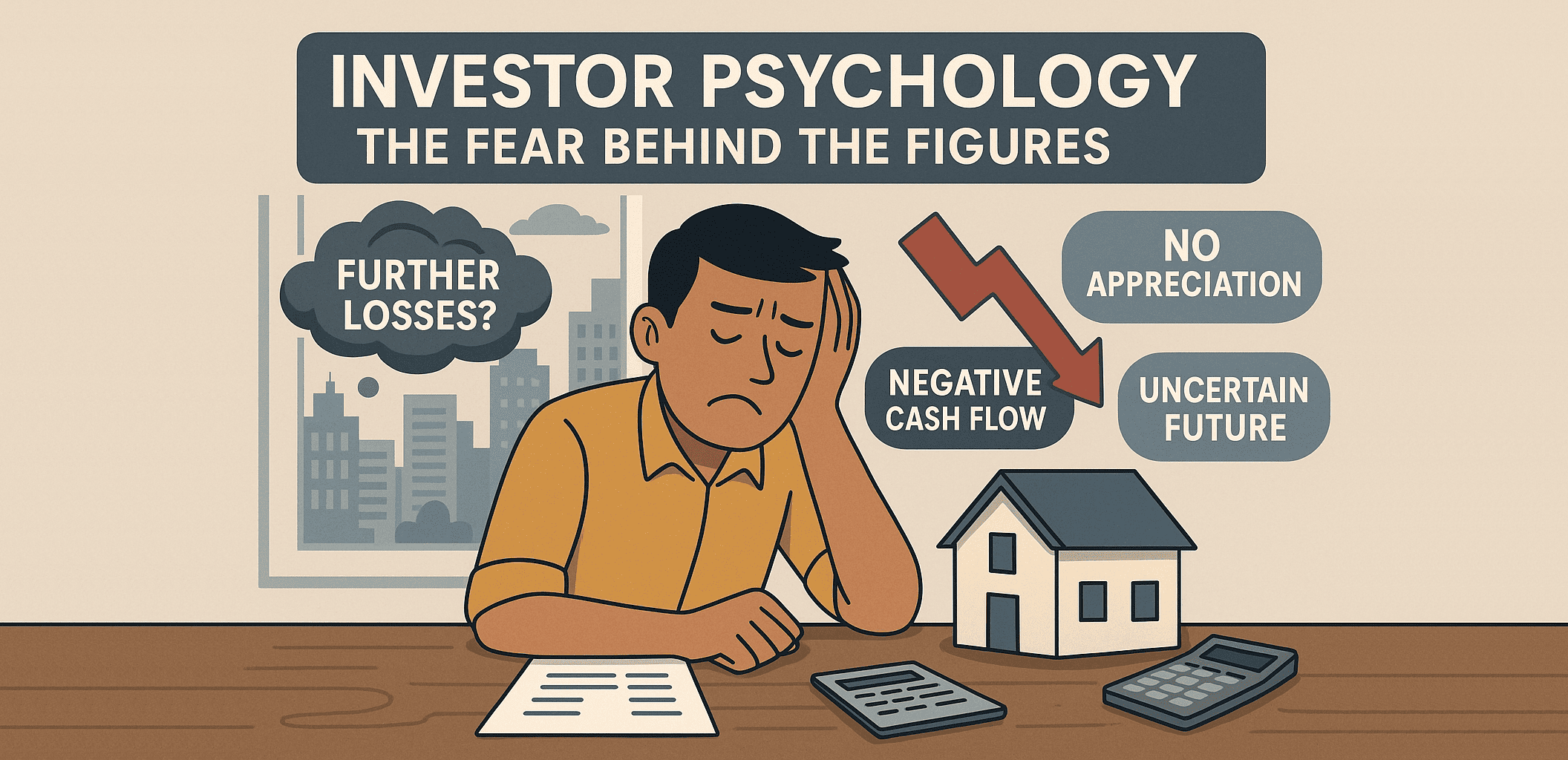
Why Malaysian Buyers Reject Negative Cash Flow — Even When It Looks Manageable
Every property agent knows the moment — that silent pause where the buyer’s eyes glaze over, the calculator stops, and the energy shifts. You’ve shown the rental projections, the manageable top-up, the compelling “potential upside.” On paper, it’s reasonable. But in their gut, something screams danger. They hesitate. Then they walk away.
They’re not rejecting the property — they’re rejecting uncertainty.
Because when a deal starts with negative cash flow, it doesn’t just show a number — it reveals a void with no clear end.
In Malaysia’s current market, that fear is entirely rational.
The Myth of “The Numbers Work”
For years, property marketing has relied on the same phrase: “The numbers work.”
It implies certainty — that appreciation, rental growth, or refinancing will eventually turn red ink black.
But buyers today have lived through a different reality:
- Condos that never appreciated
- Tenants that vanished mid-lease
- Maintenance costs that outpaced rent
- Interest hikes that erased yield overnight
They’ve learned that “numbers” are not promises. They’re projections — and projections can’t pay instalments.
So when a deal begins negative, they don’t see a short-term sacrifice. They see a tunnel with no guaranteed light at the end.
Why Negative Cash Flow Triggers Deep Fear
1. No End in Sight
Top-up today. Top-up next year. And maybe again, indefinitely.
If rent doesn’t rise, if loan instalments climb, if vacancy hits — the “temporary” loss becomes a lifestyle. That’s not an investment. That’s a permanent burden.
Buyers fear being locked into a long-term financial leak with no exit.
Once a property turns into a monthly responsibility instead of a passive asset, ownership feels like captivity.
2. Uncertainty Feels Like Failure
Malaysians crave financial predictability — it’s tied to identity, stability, and even family pride.
A deal that bleeds cash each month undermines that sense of control.
To agents, a RM300 top-up might be “minor.”
To buyers, it’s a recurring reminder that something isn’t working.
Every month feels like proof they made a mistake — not a move.
3. Experience Has Killed Blind Optimism
Previous property cycles taught buyers harsh lessons:
- Not every project is appreciated.
- Not every tenant pays.
- Not every market recovers fast.
In a low-growth era, buyers are no longer betting on “someday.” If a deal doesn’t make sense from Day 1, they assume it may never will.
4. The Psychological Weight of “Bleeding”
Cash flow isn’t just math — it’s emotional accounting. A top-up doesn’t register as “strategic investment”; it feels like a monthly failure. Even if they can technically afford it, they resent feeling poorer each month for an asset that isn’t pulling its weight. It’s the psychological difference between owning an asset and serving a liability.
This emotional drag outweighs theoretical gains. Because wealth, to most Malaysians, is about peace of mind, not just profit.
The Emotional Truth: Uncertainty > Numbers
Buyers don’t fear the property. They fear the unknown path it locks them into.
They ask themselves silently:
- “When will this turn around?”
- “What if it never does?”
- “Will I regret this every month?”
Negative cash flow is not just a figure — it’s a symbol of powerlessness.
In a volatile market, even the smallest leak feels like a flood when no one can guarantee the tide will turn.
Final Thought
Today’s buyers aren’t irrational. They’re trauma-informed.
They’ve seen what happens when optimism outruns reality.
That’s why certainty, not yield, has become the new currency of trust.
They’d rather walk away from potential upside than commit to indefinite exposure.
Because in the end, the biggest cost in property isn’t top-up money.
It’s the emotional tax of not knowing when — or if — it will ever stop.

